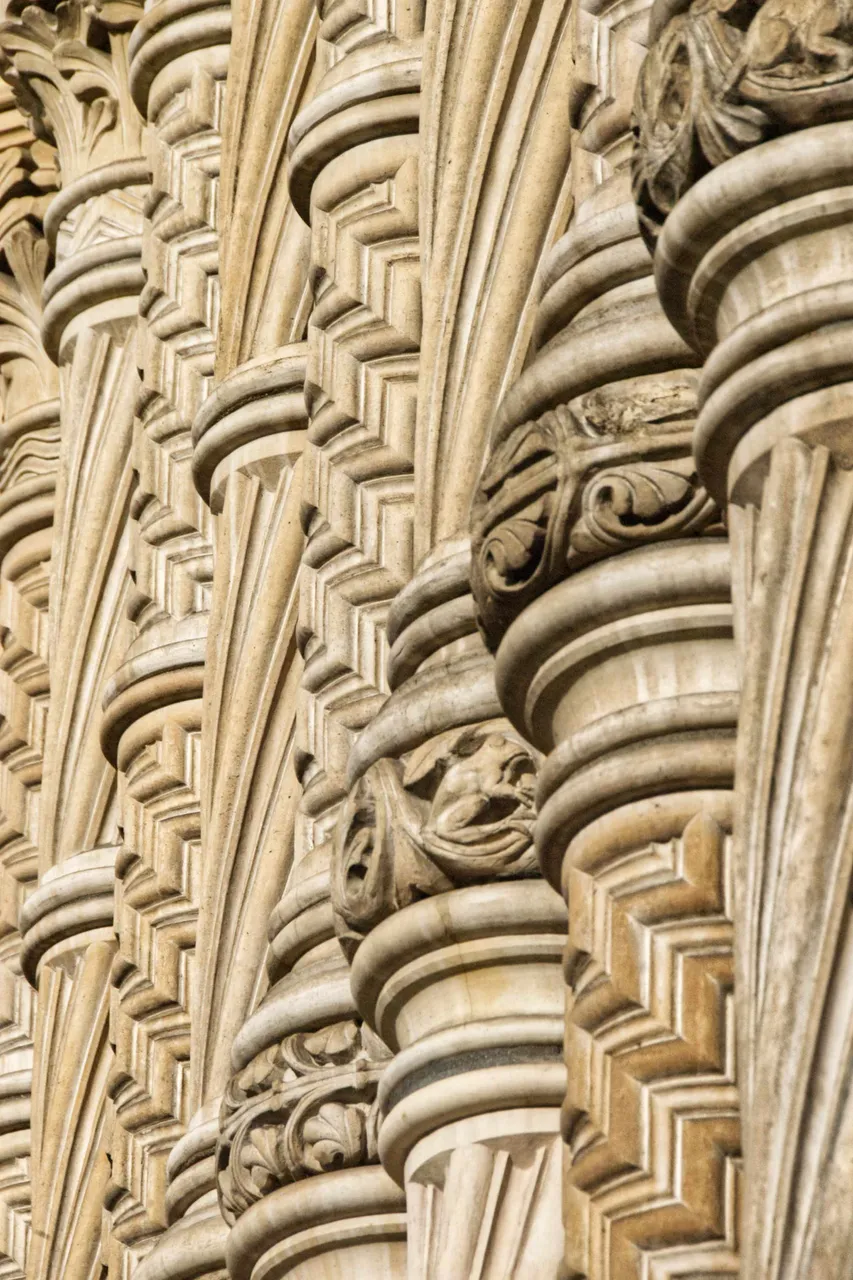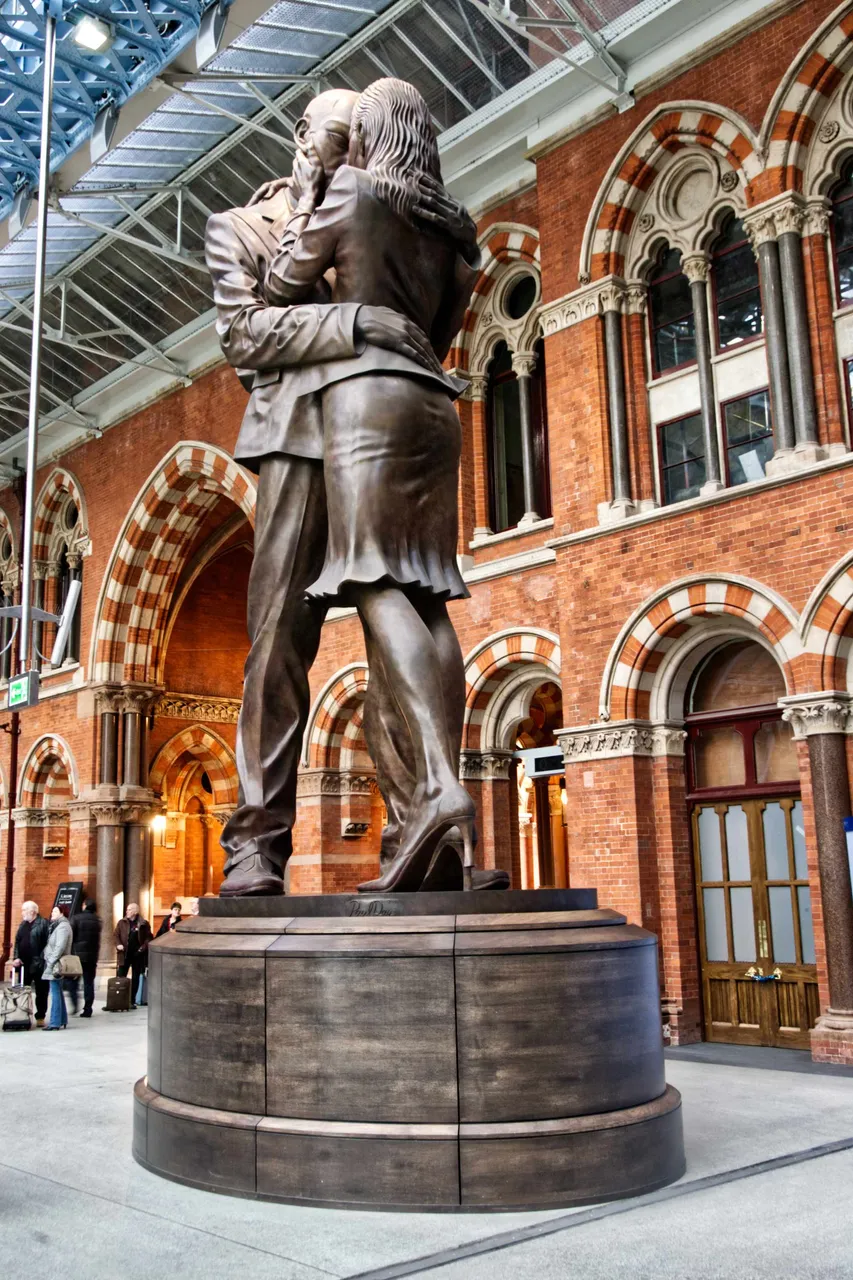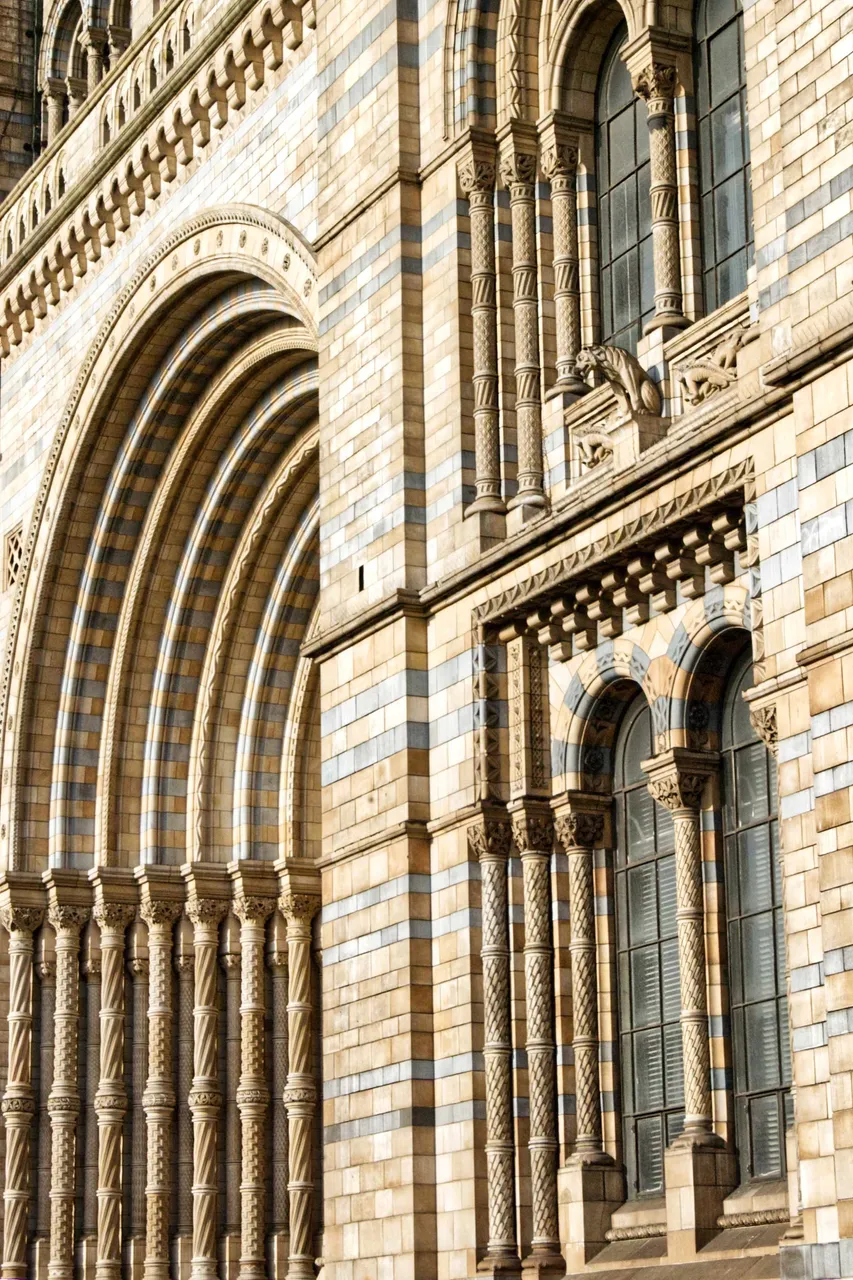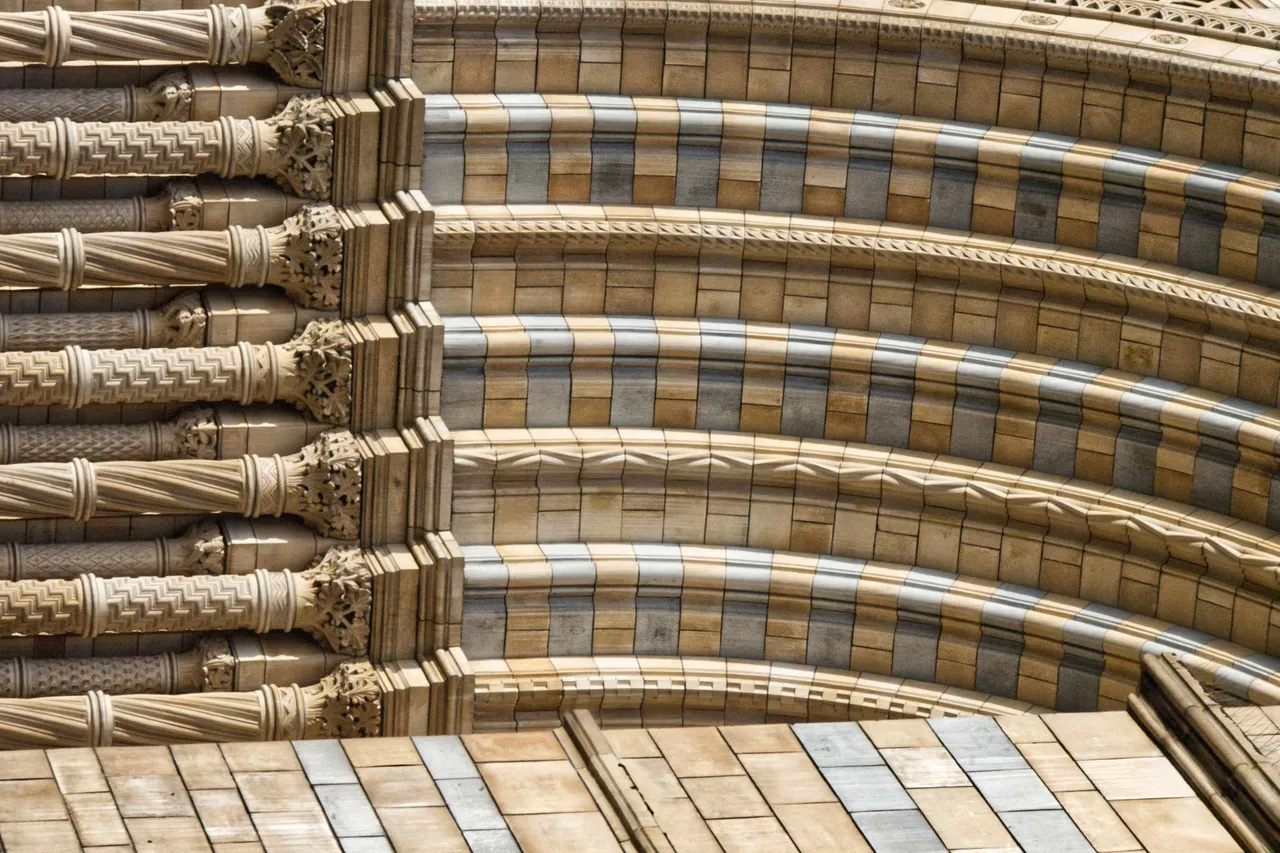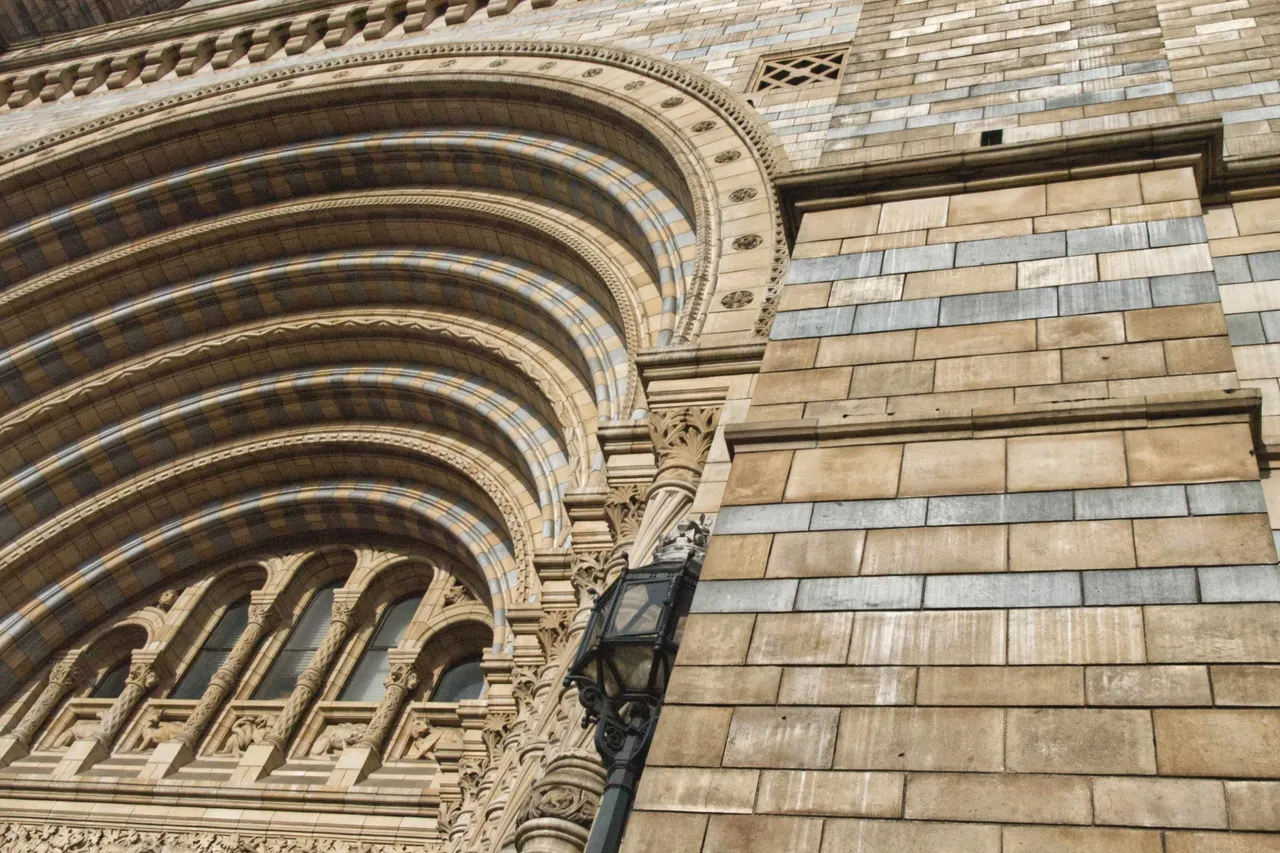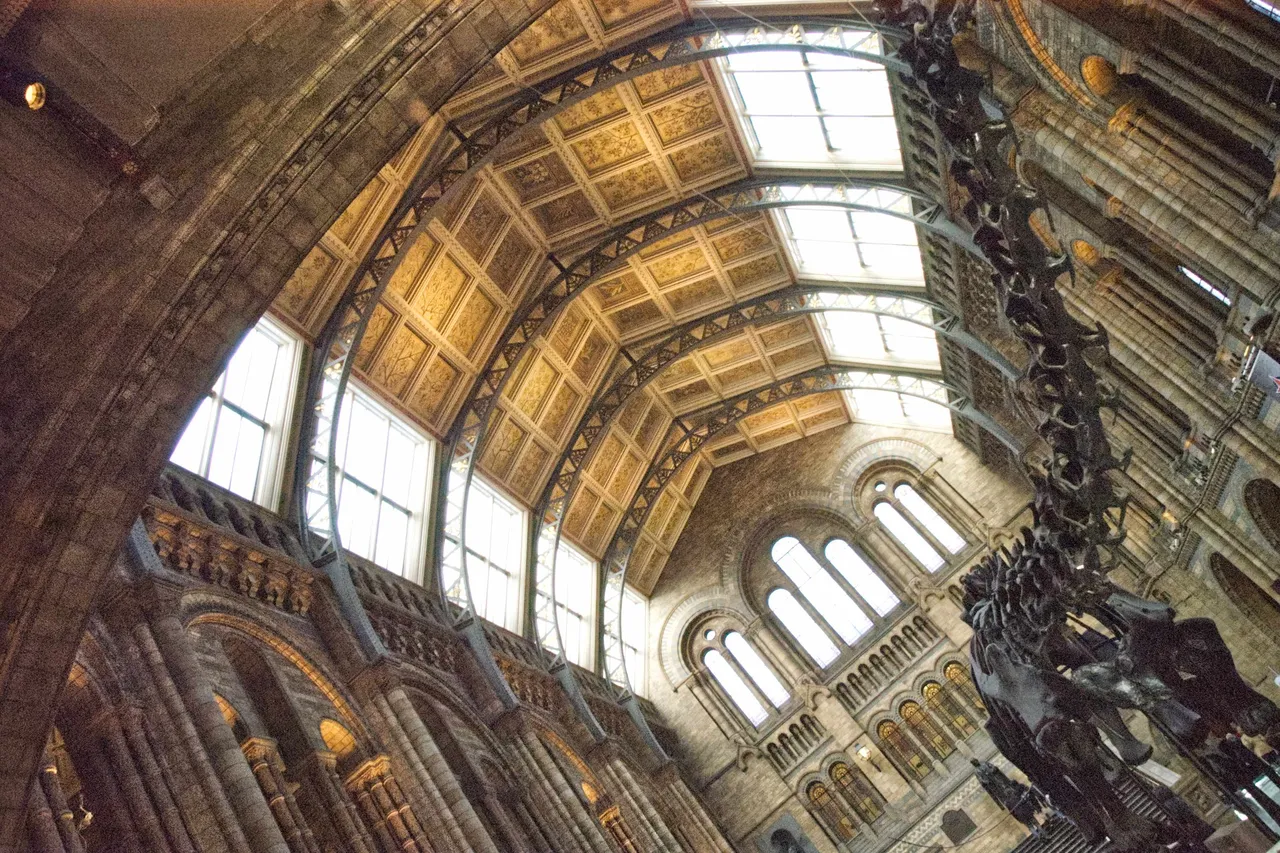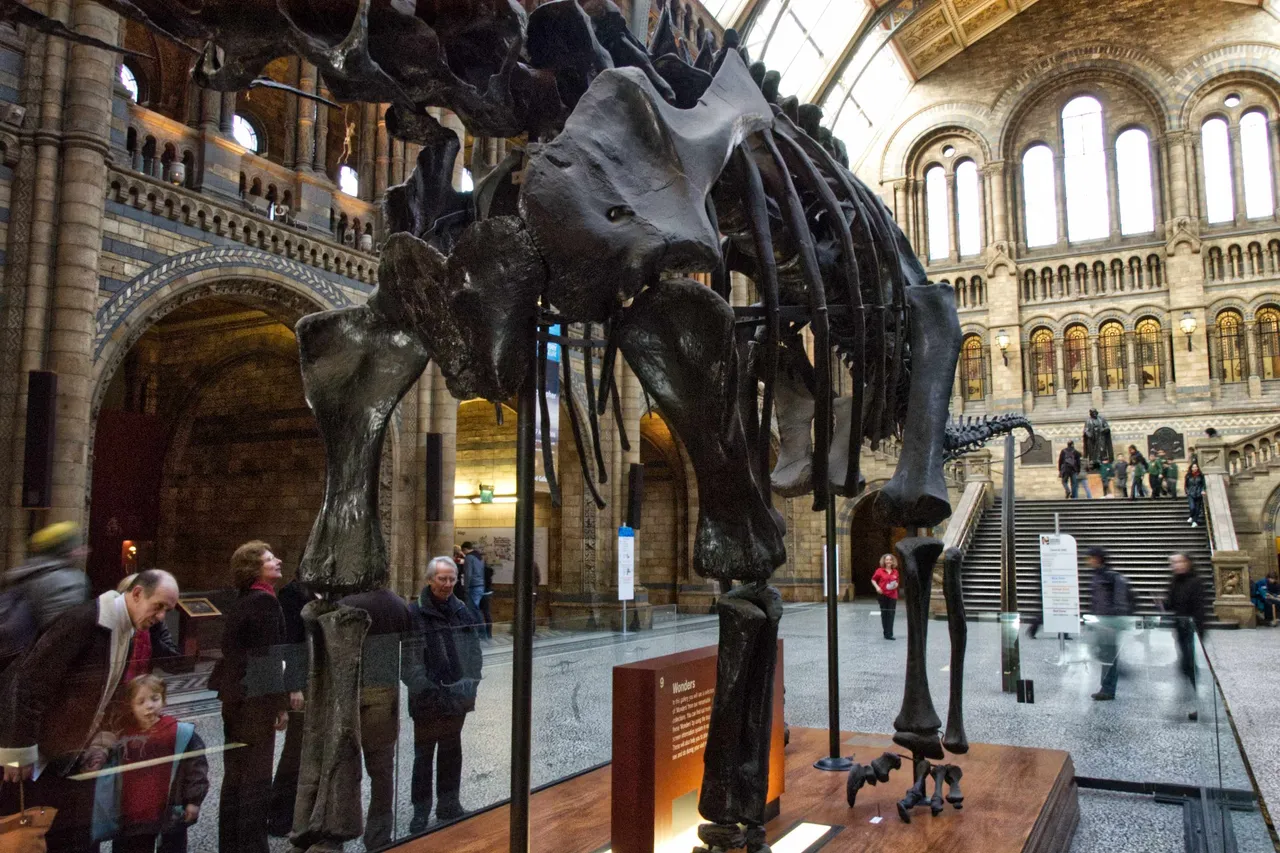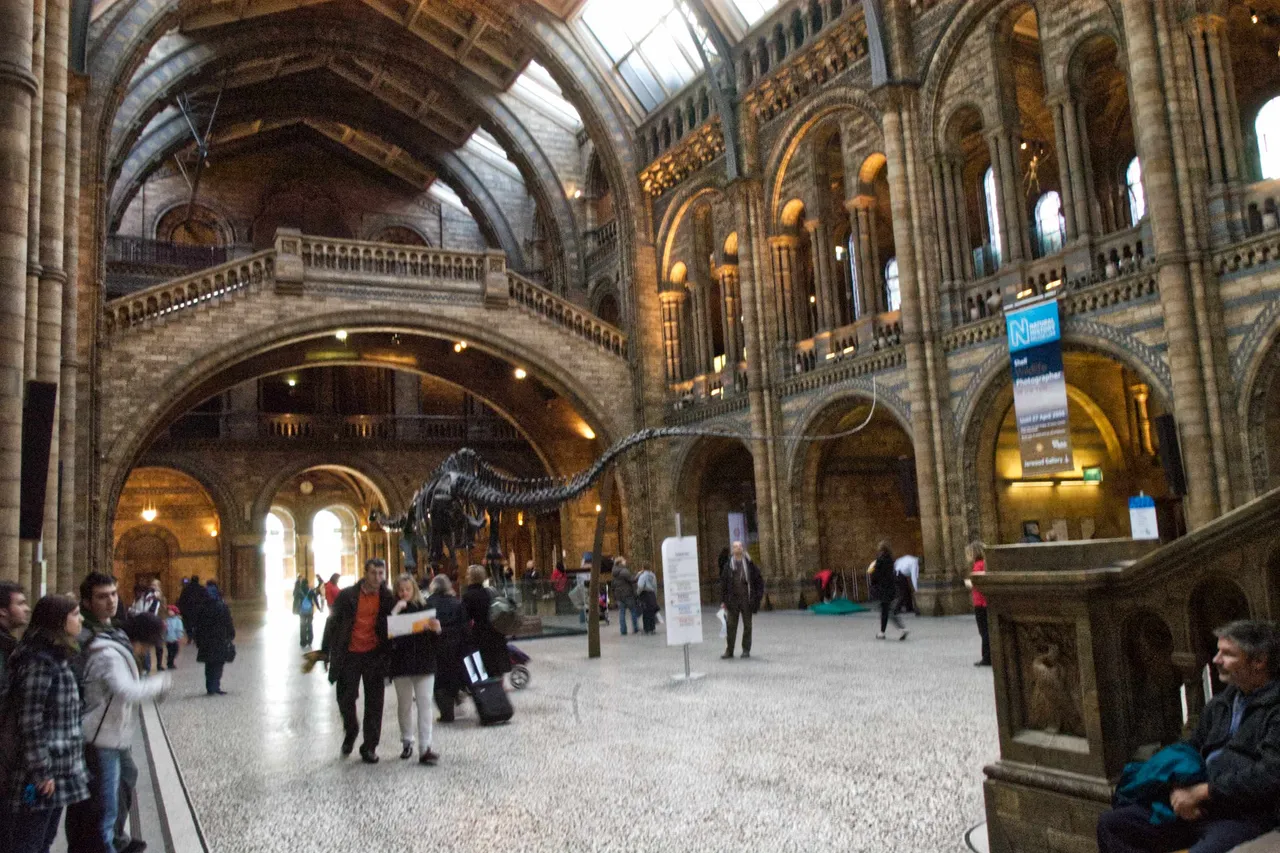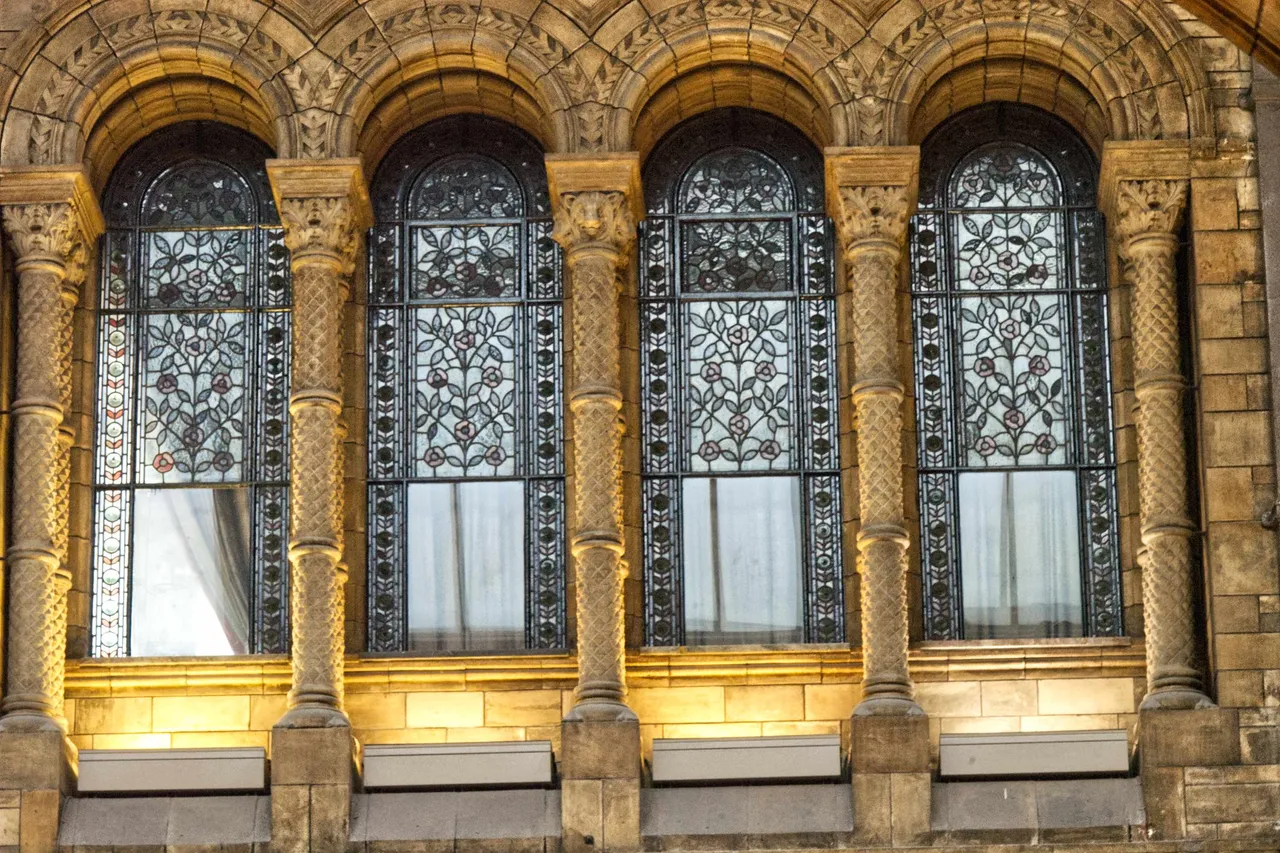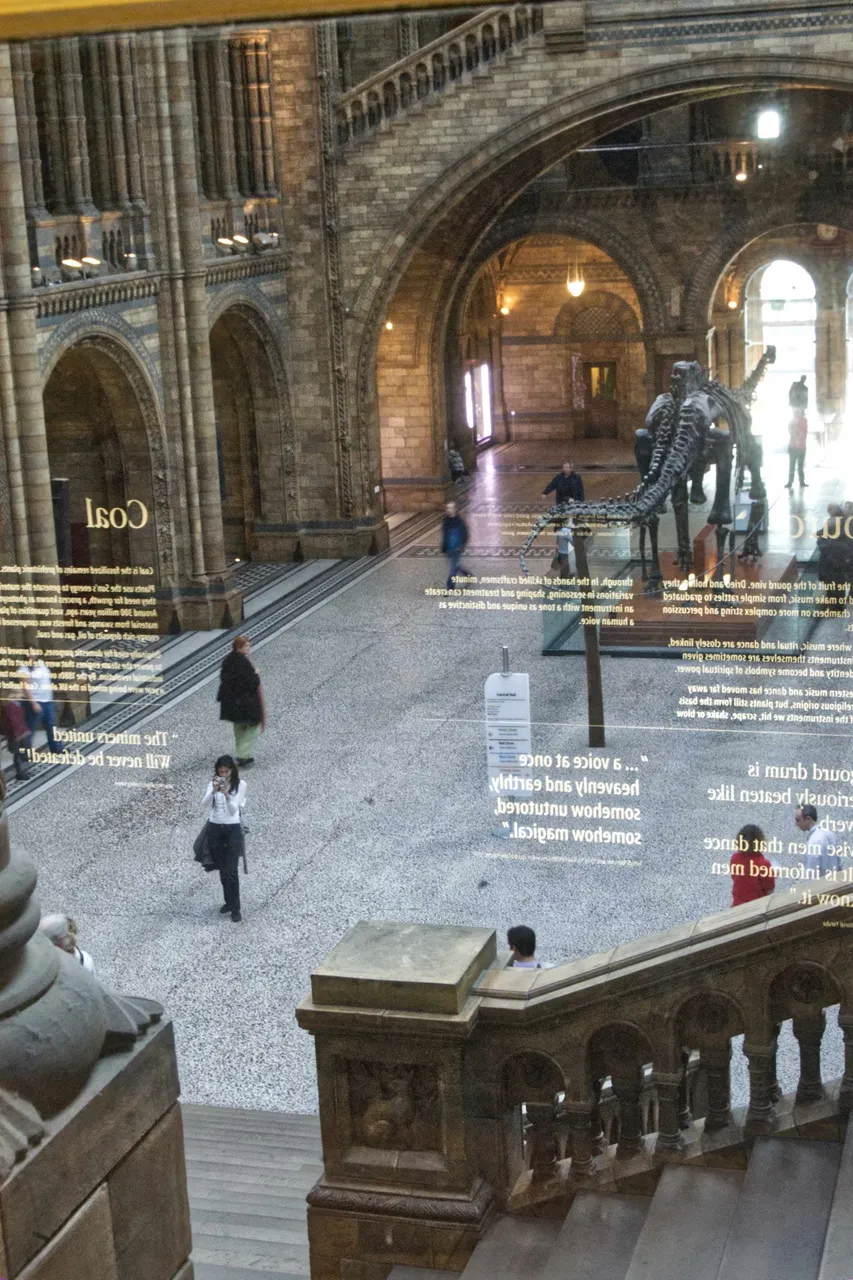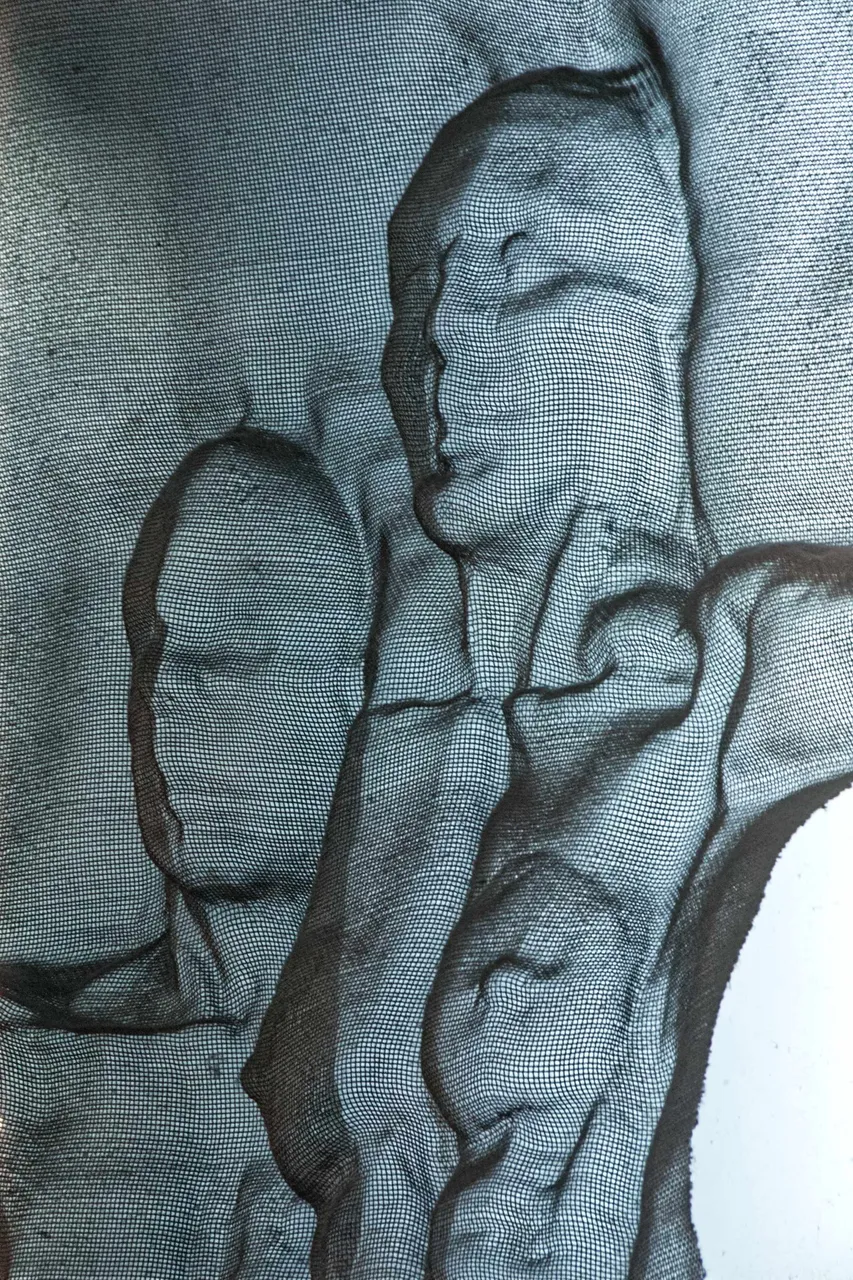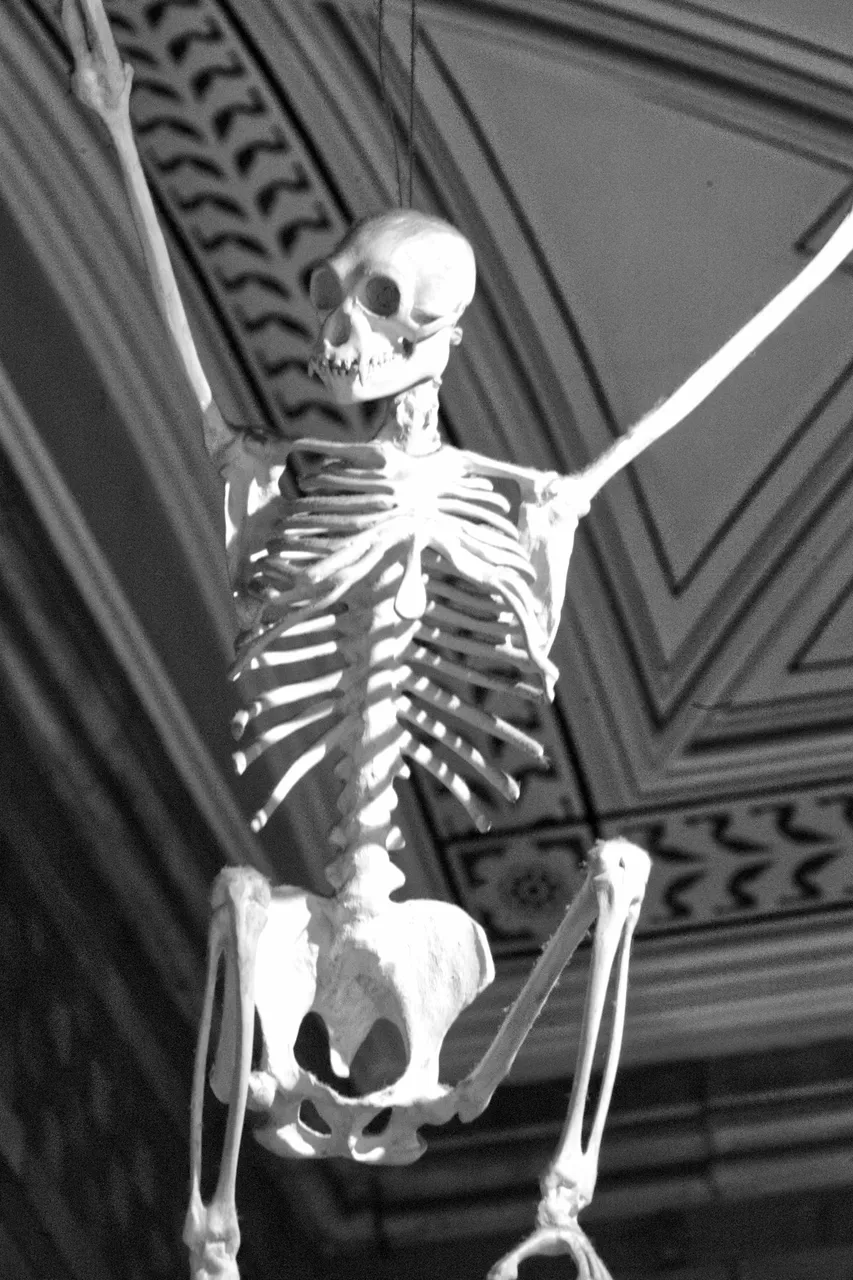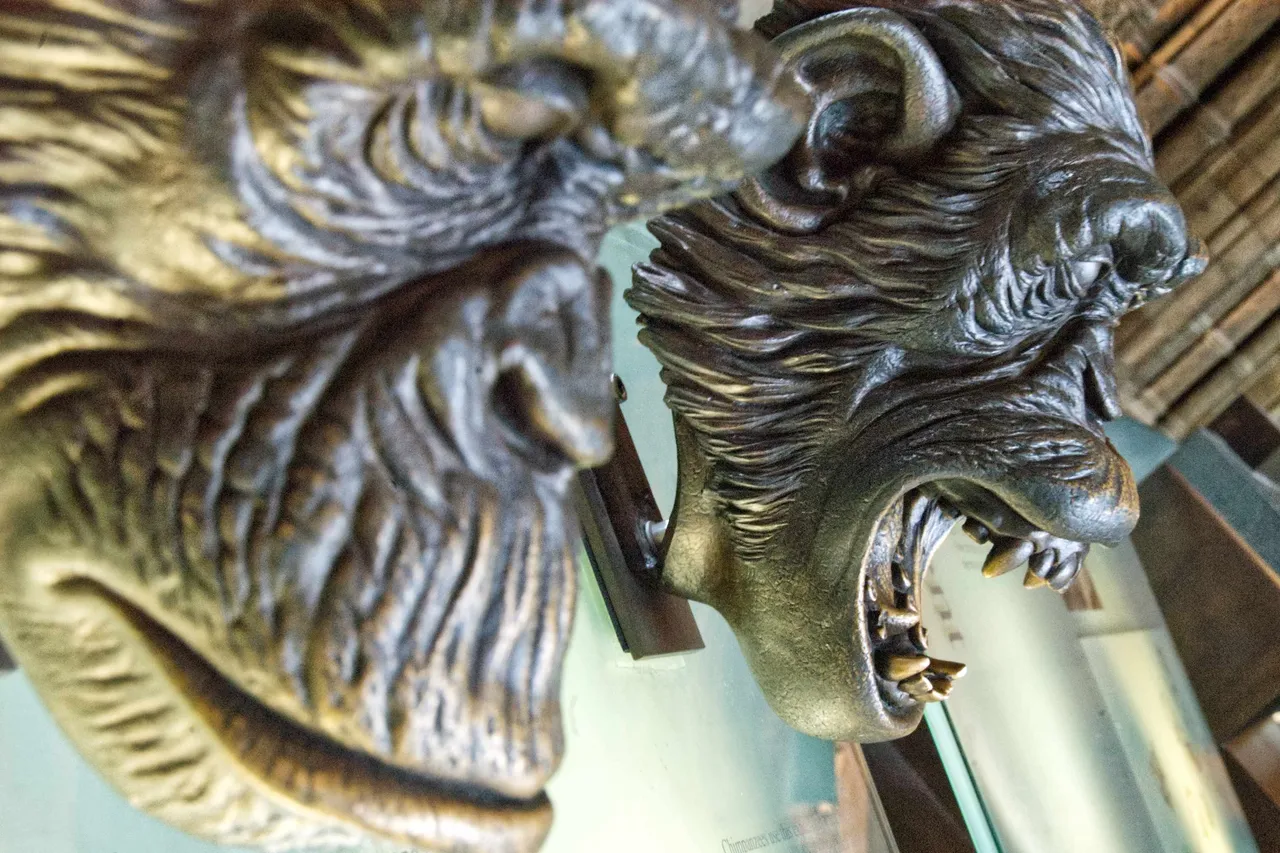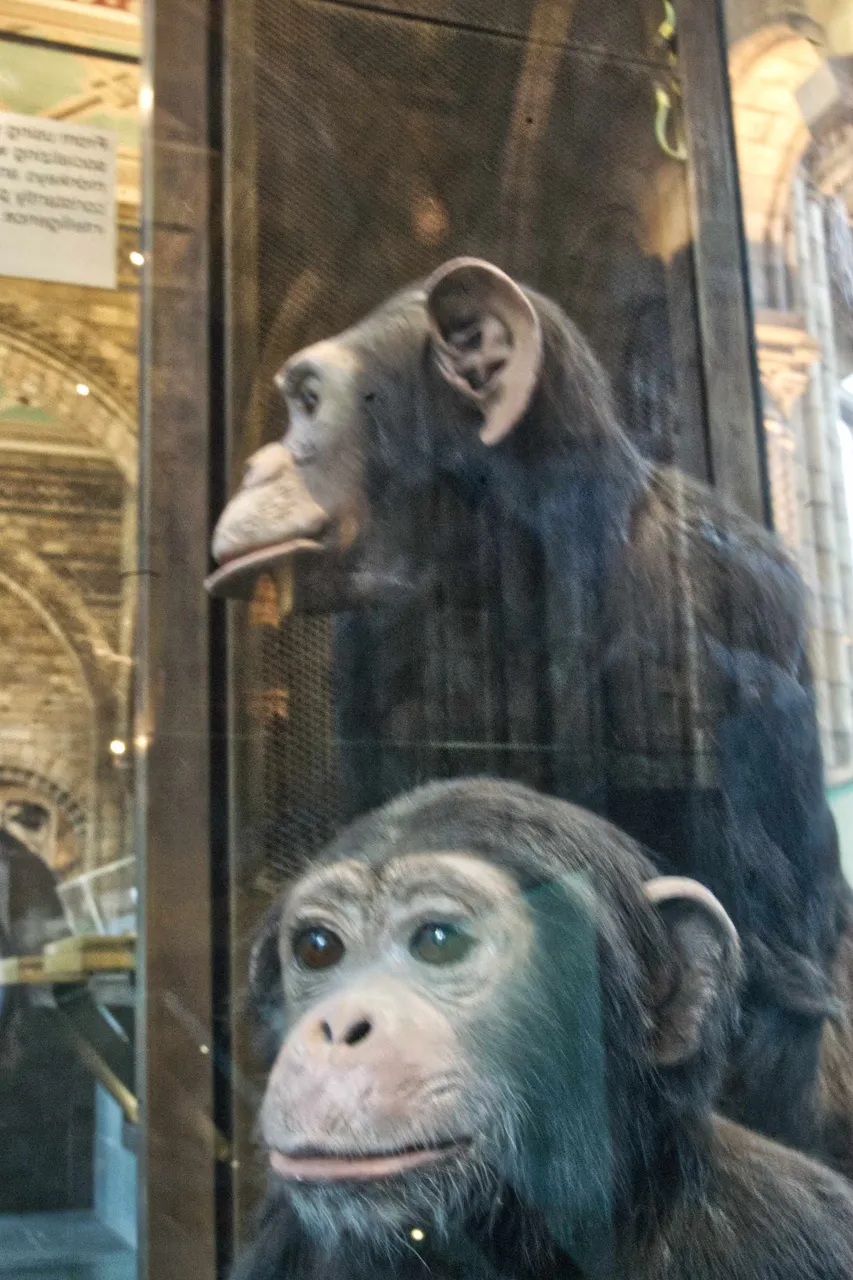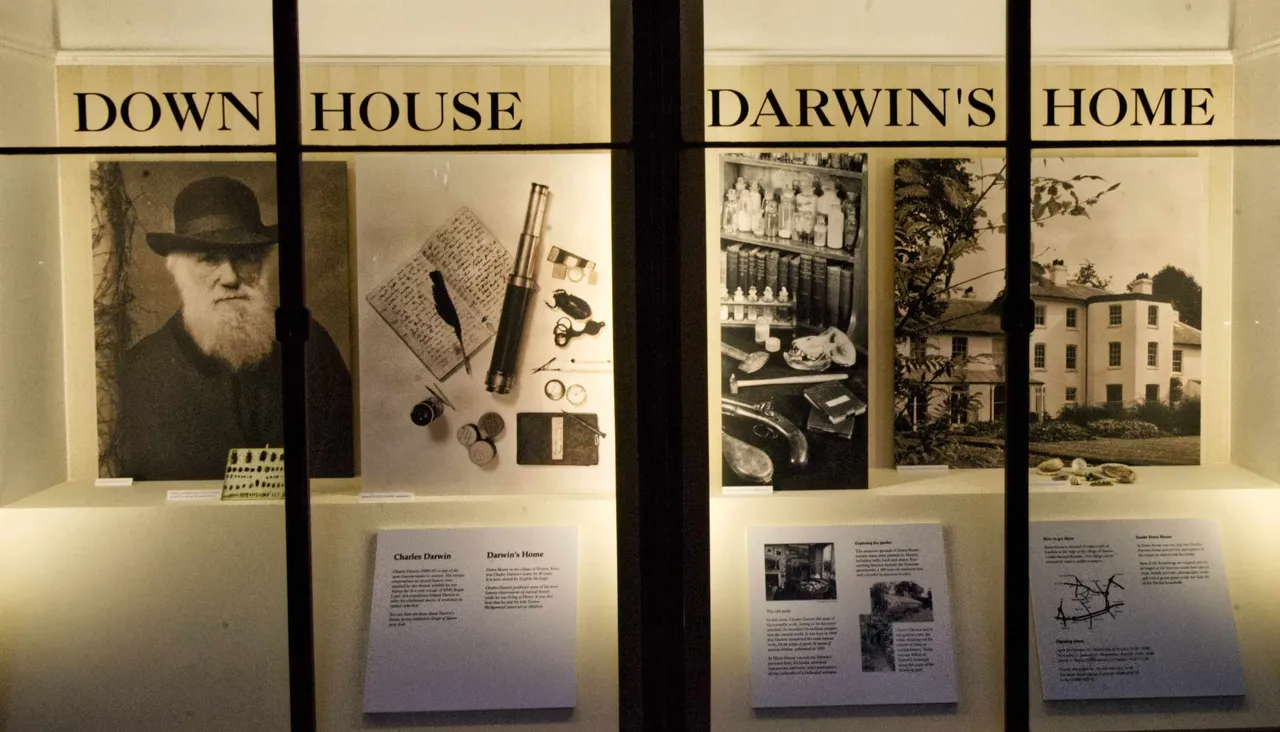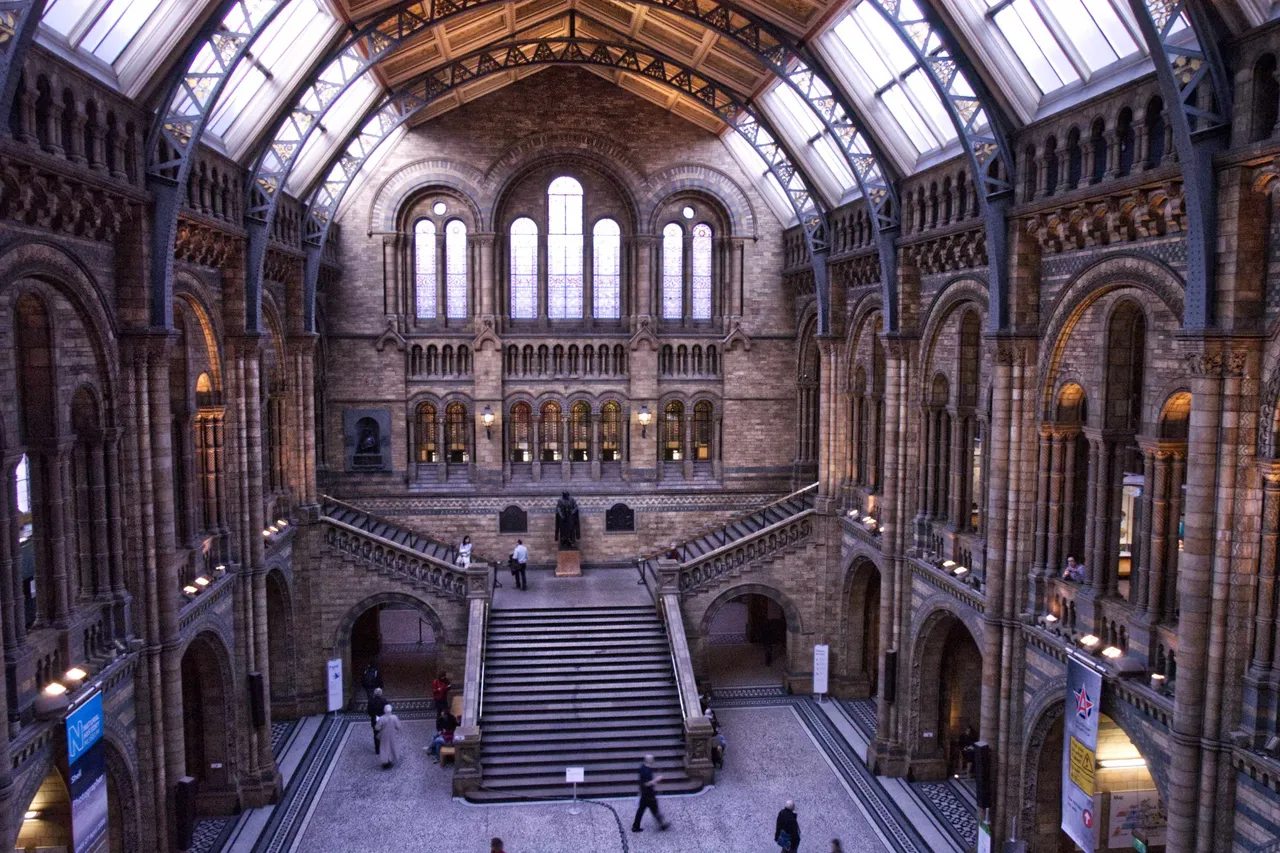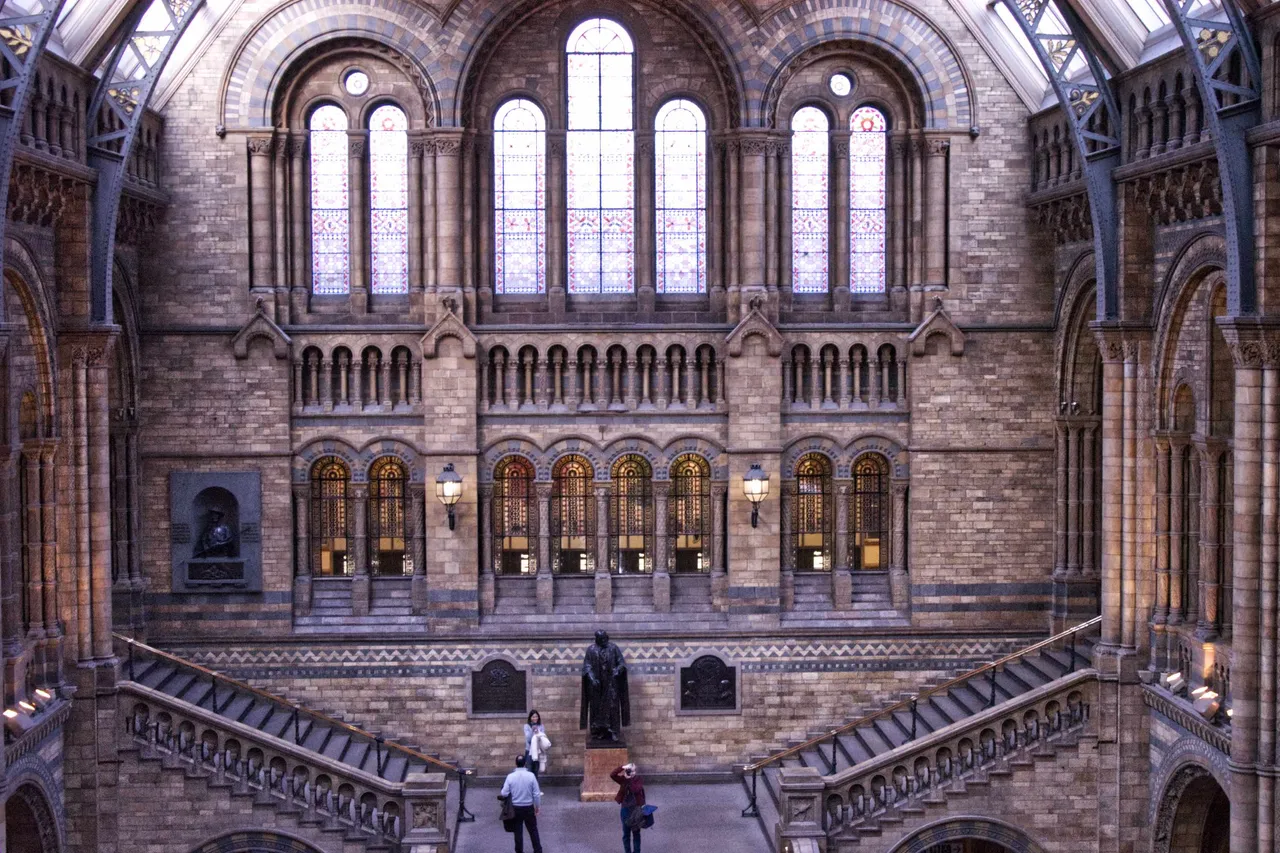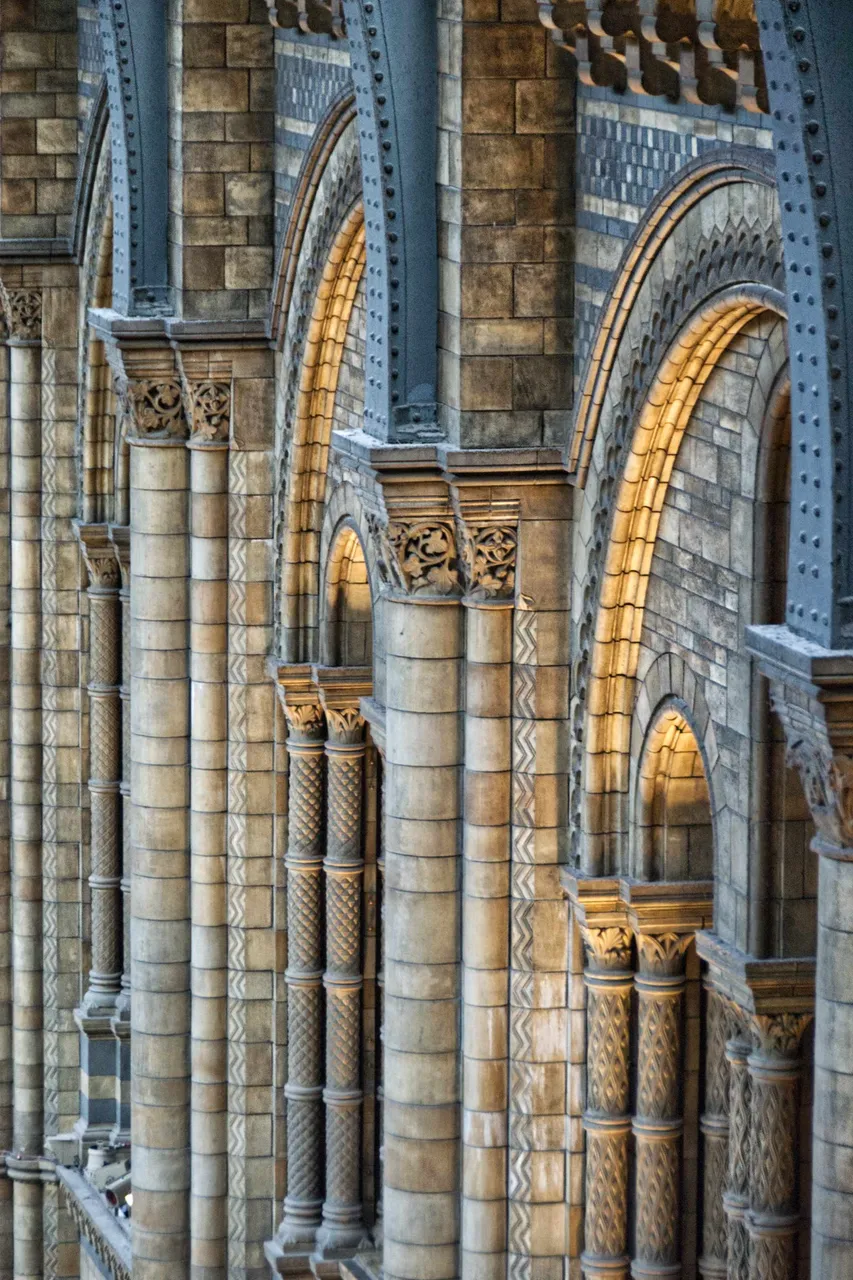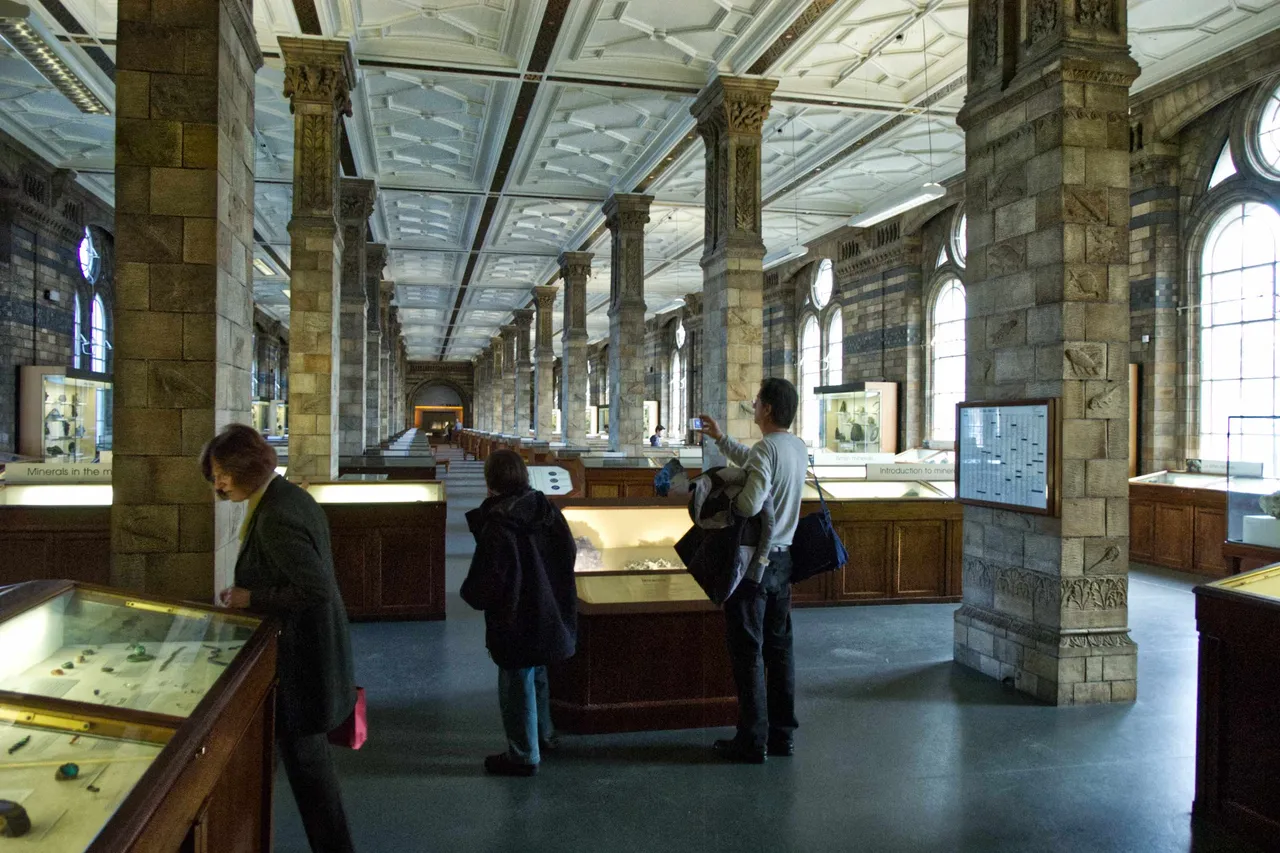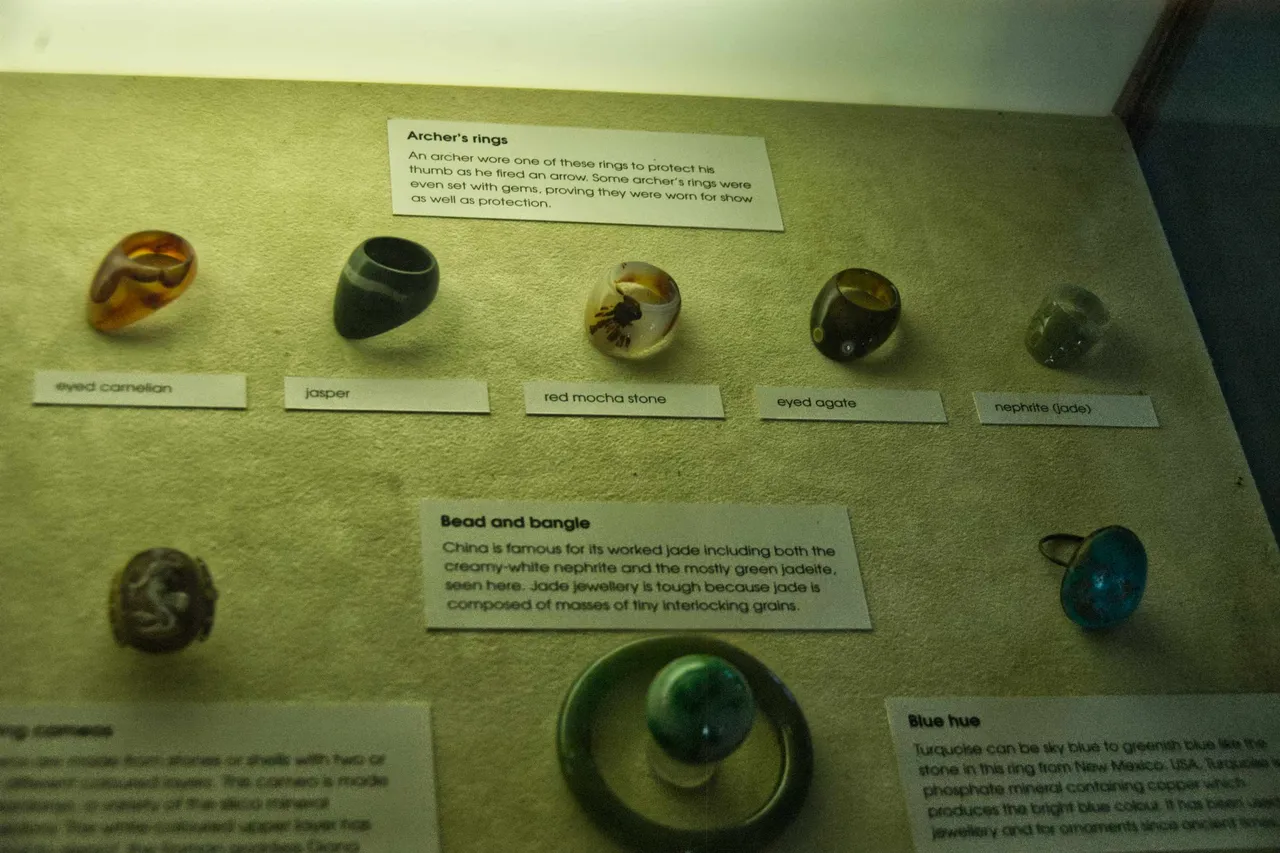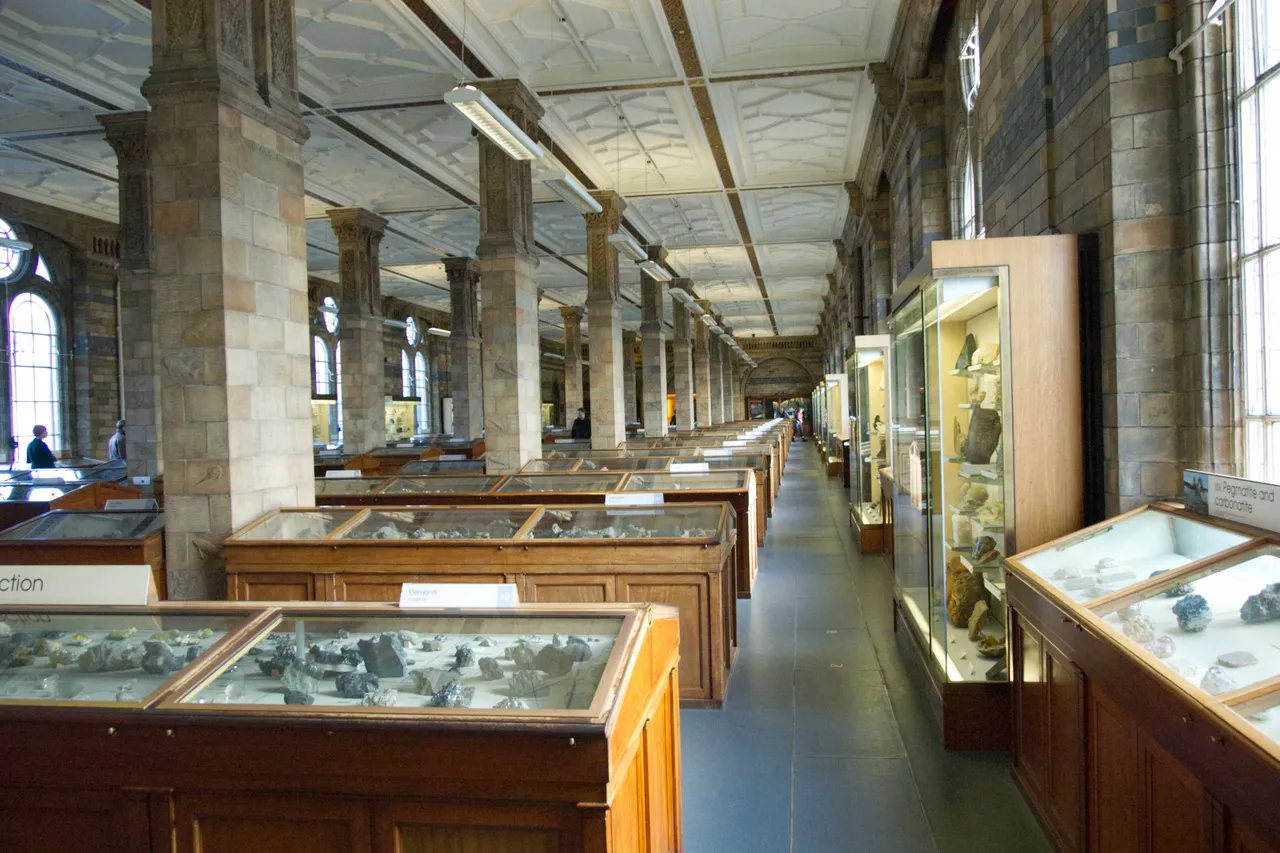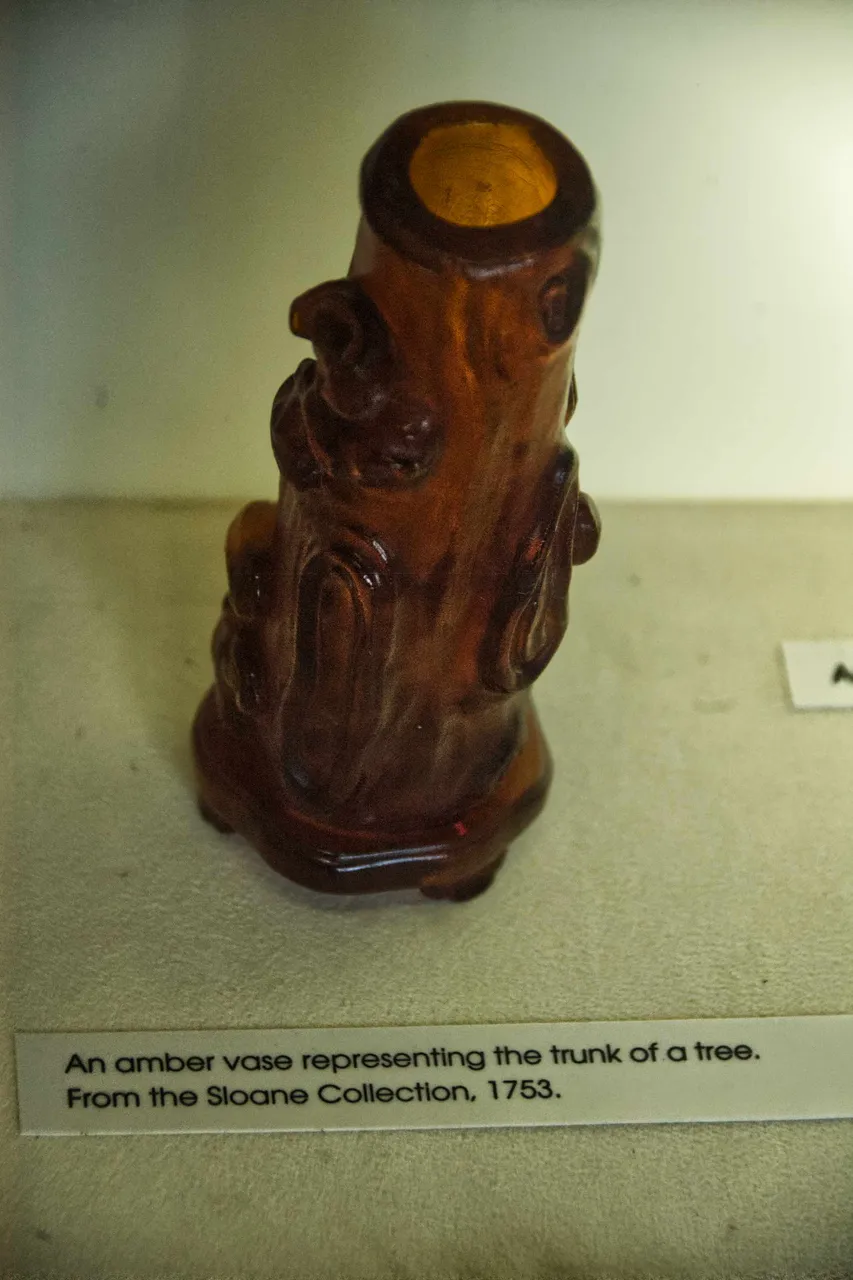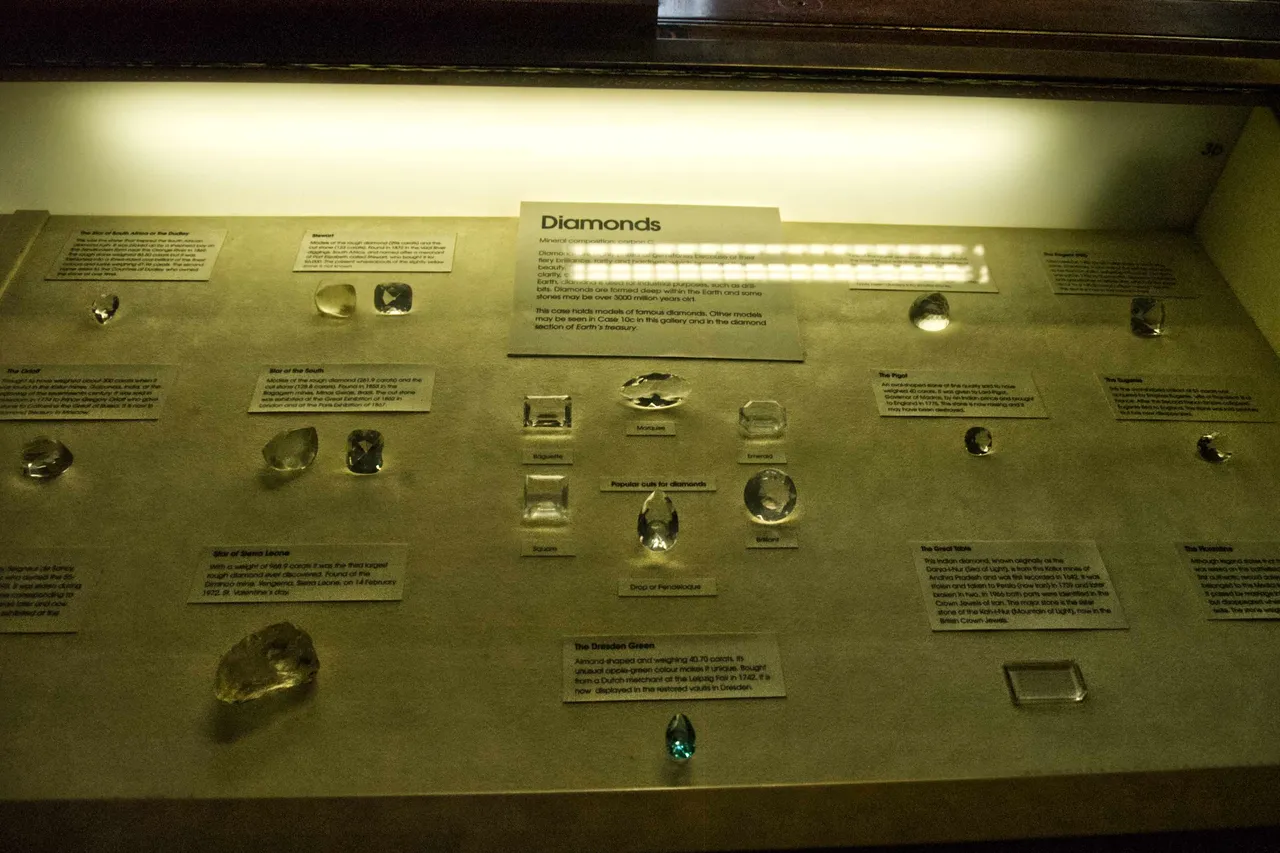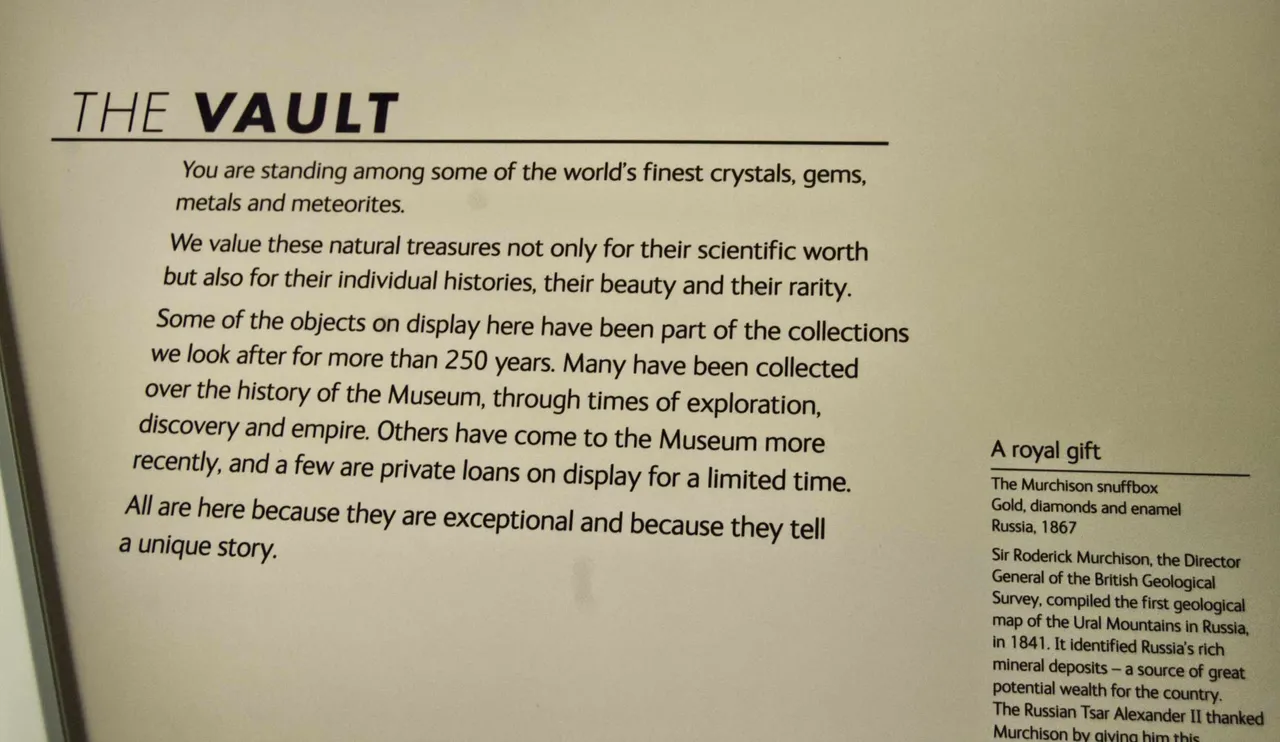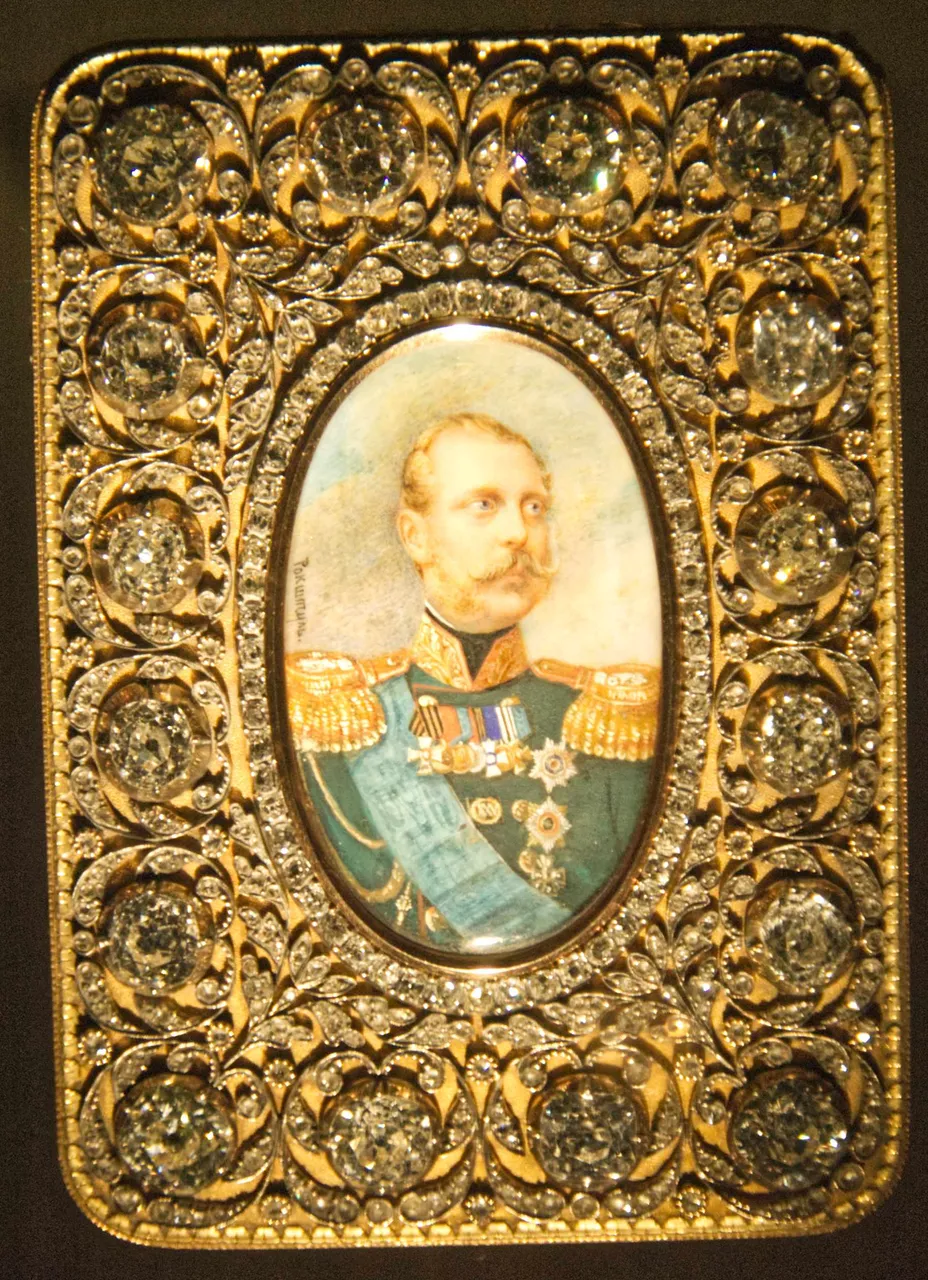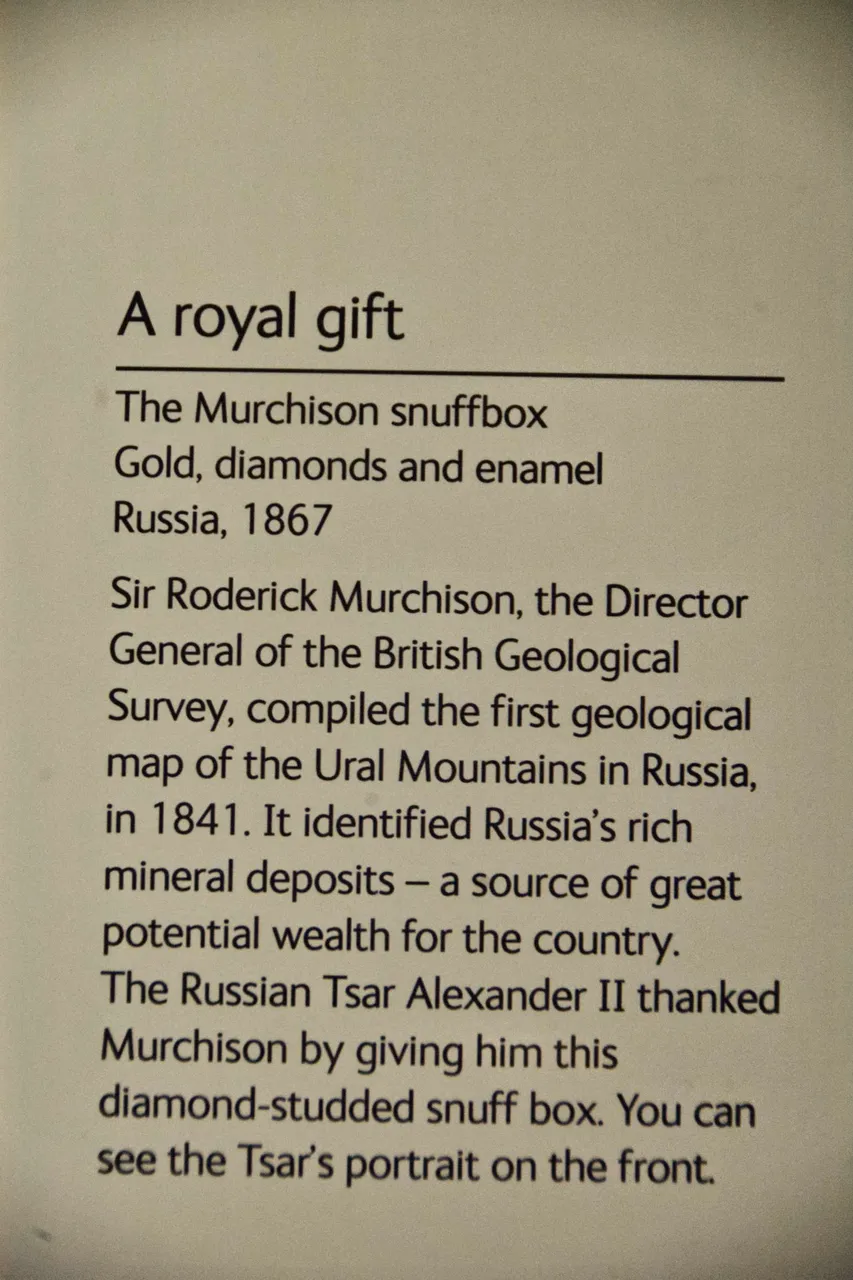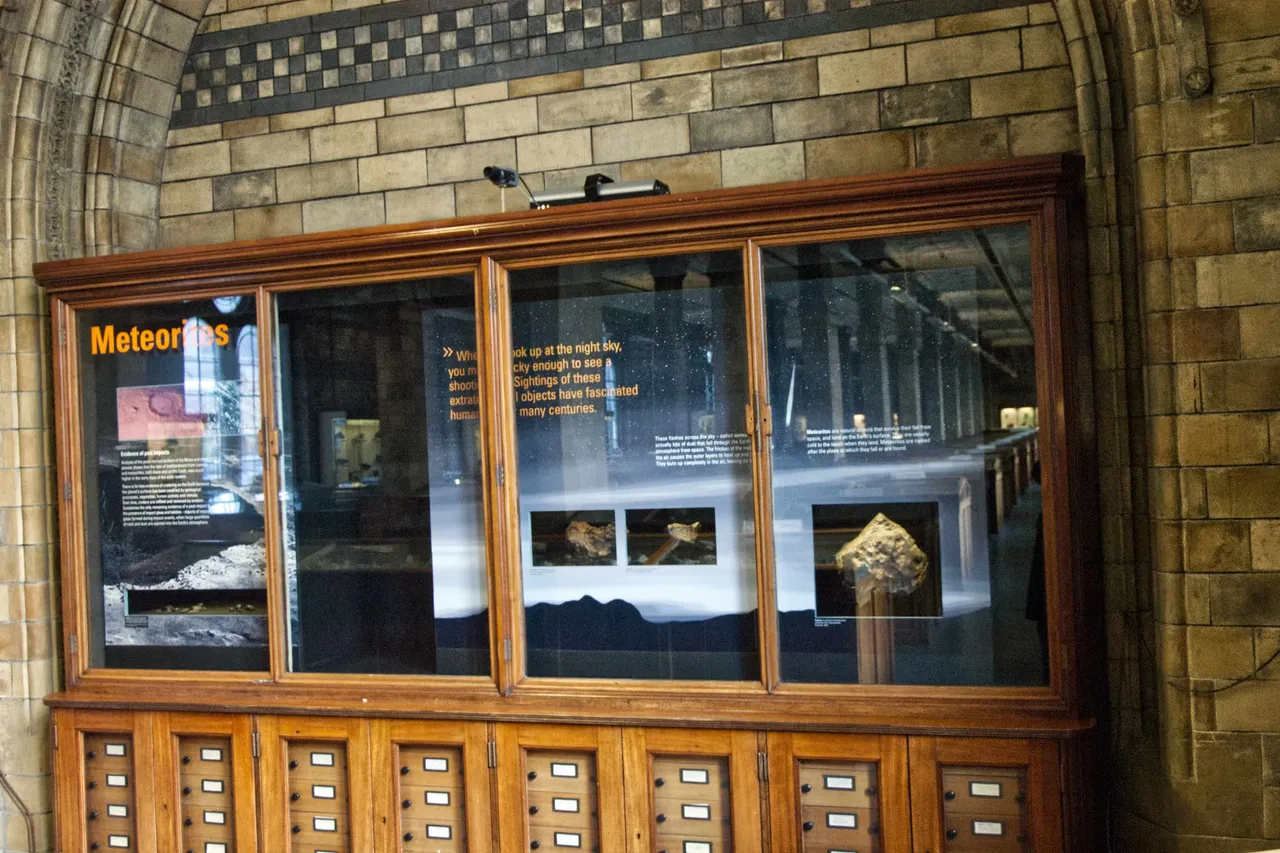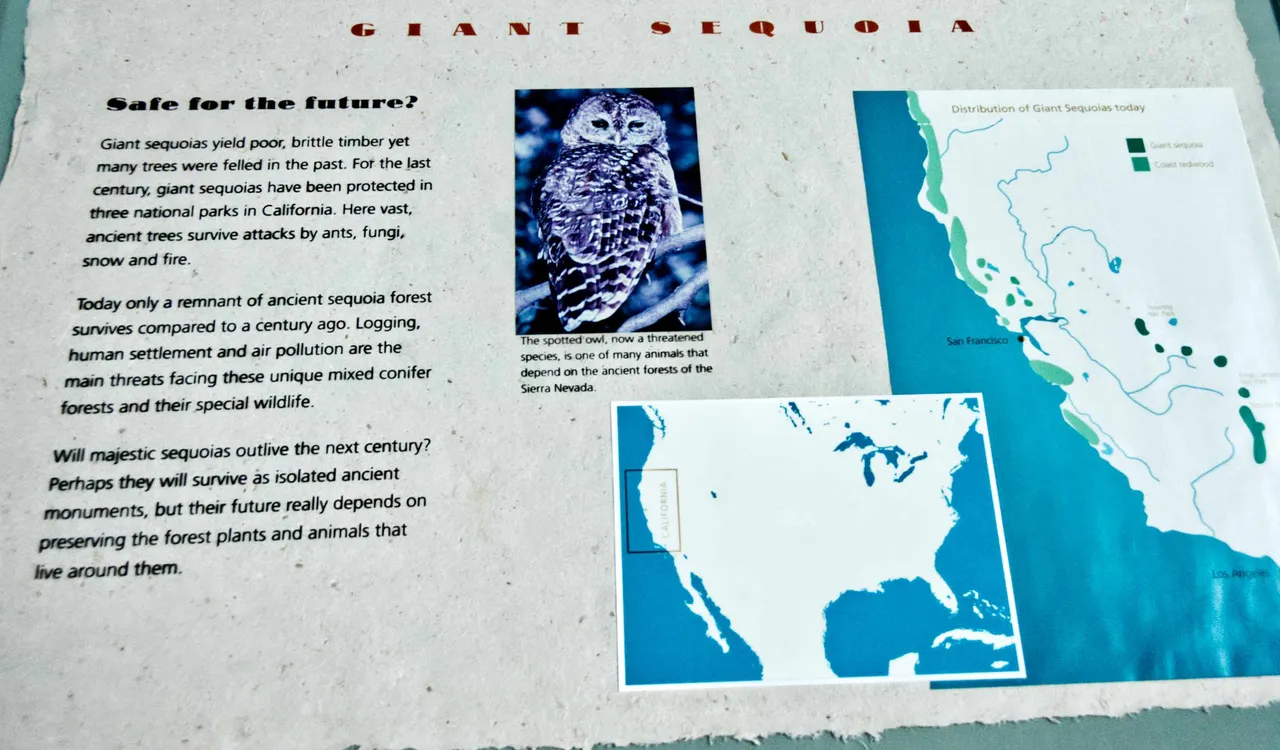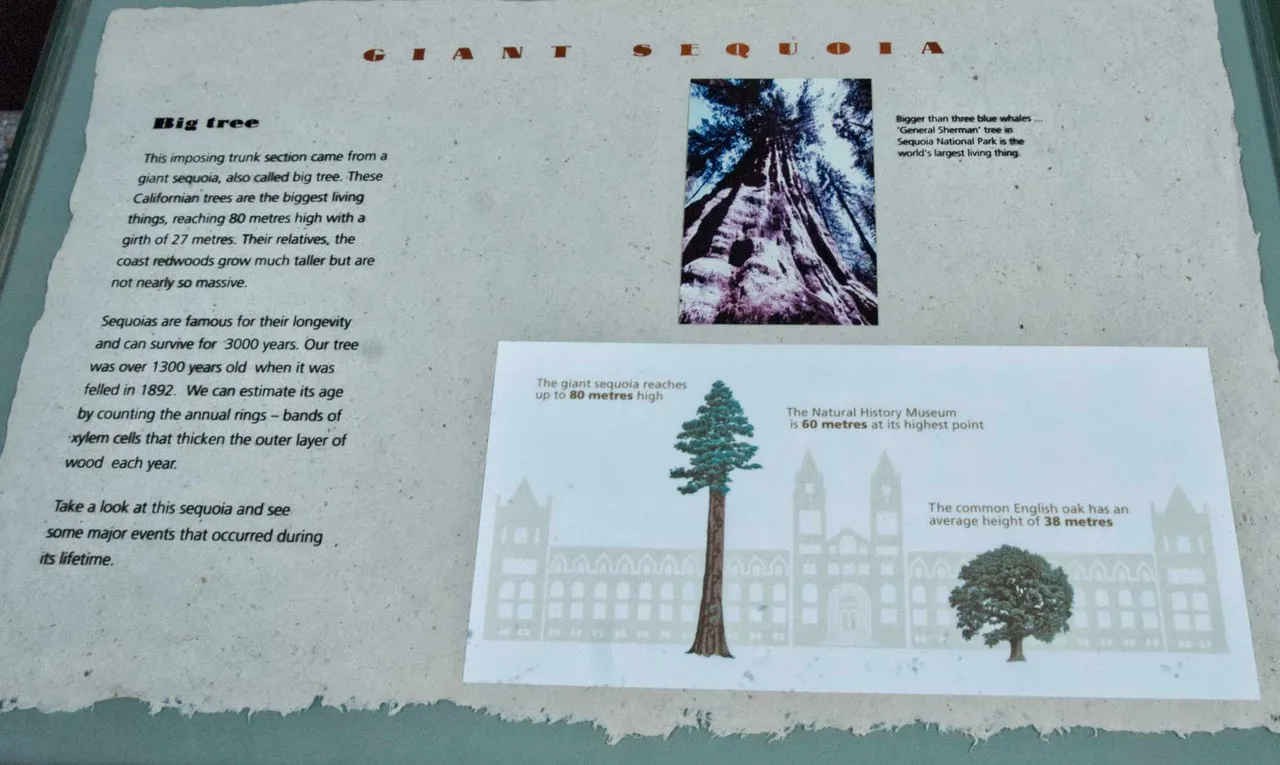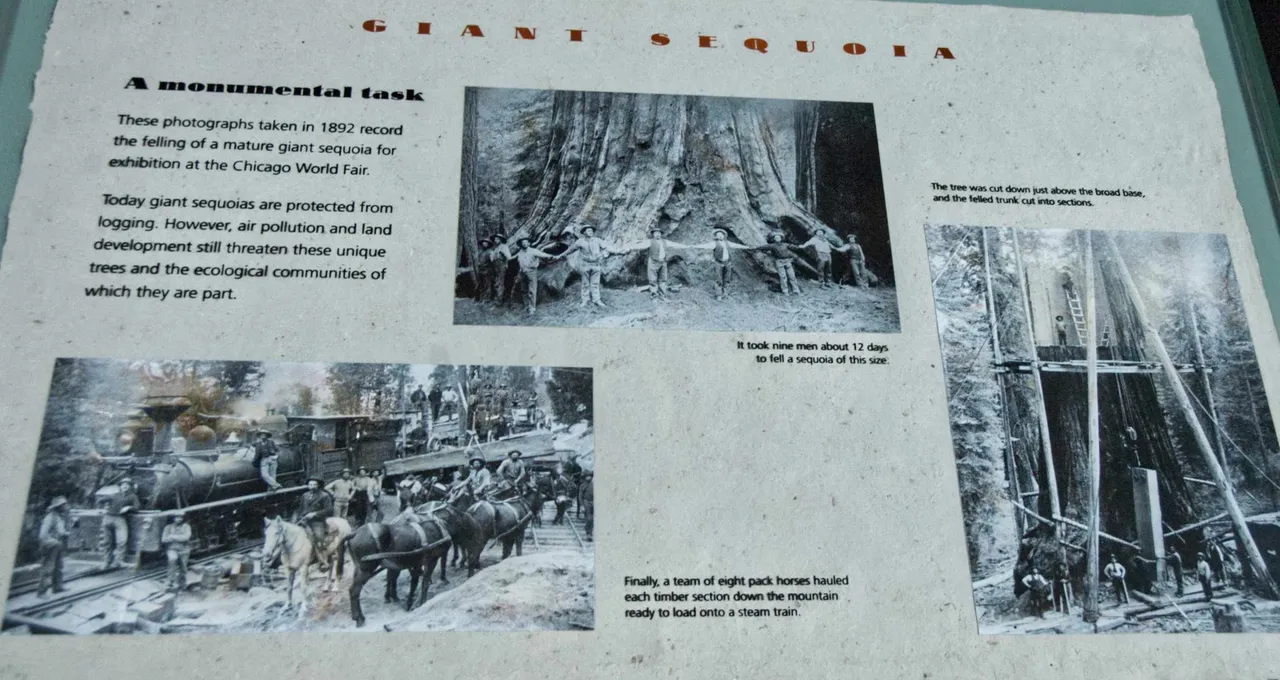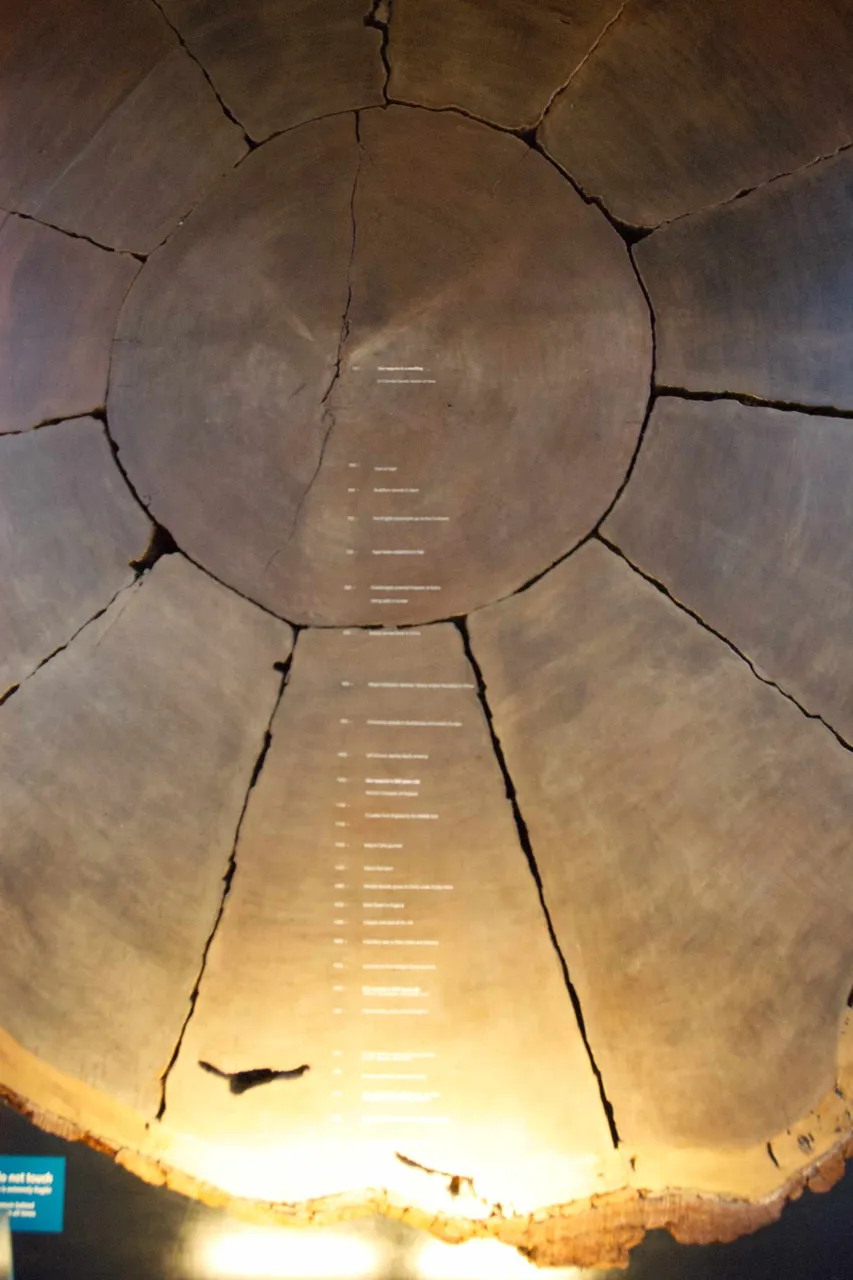The Victoria and Albert Museum (V&A) in London is not just a repository of art and history; it's a testament to human creativity, resilience, and the enduring power of culture. My relationship with this iconic institution began when I was just 17, on a school trip to Europe. Little did I know then, that my casual re-discovery of the museum years later in 2008, while on a business trip, would rekindle my fascination with its treasures.
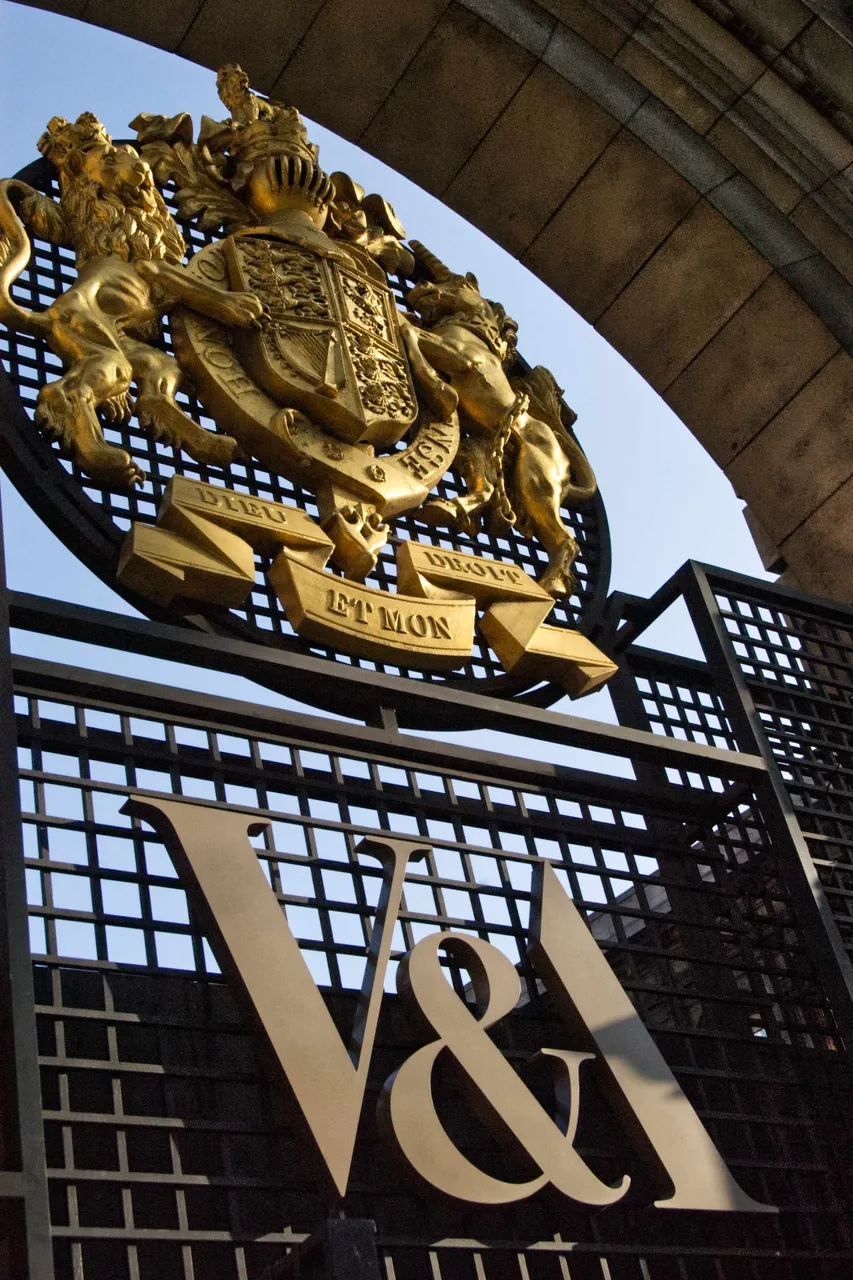
My first encounter with the V&A was as a teenager. Wide-eyed and full of wonder, I remember being captivated by the sheer scale and grandeur of the museum. For a young student, the museum was like a portal into different eras and cultures, a place where history came alive. It was an educational experience that went far beyond the confines of a classroom.
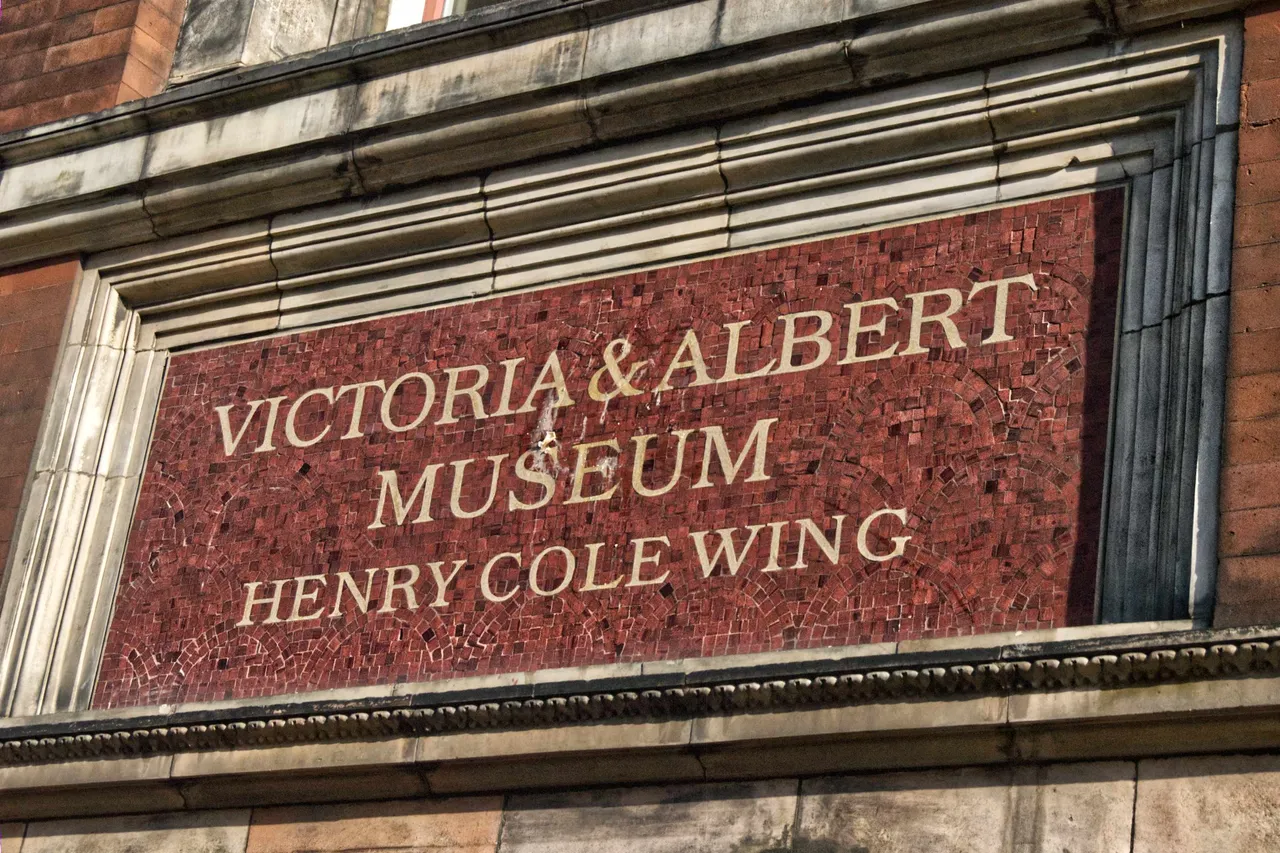
Fast forward to 2008, while on a business trip to London, I decided to take a walk, exploring the city's streets. As fate would have it, I stumbled upon the familiar façade of the V&A. Walking into the museum as an adult was a vastly different experience. This time, I was able to appreciate the museum's remarkable architecture and the vast space that houses its incredible collection.
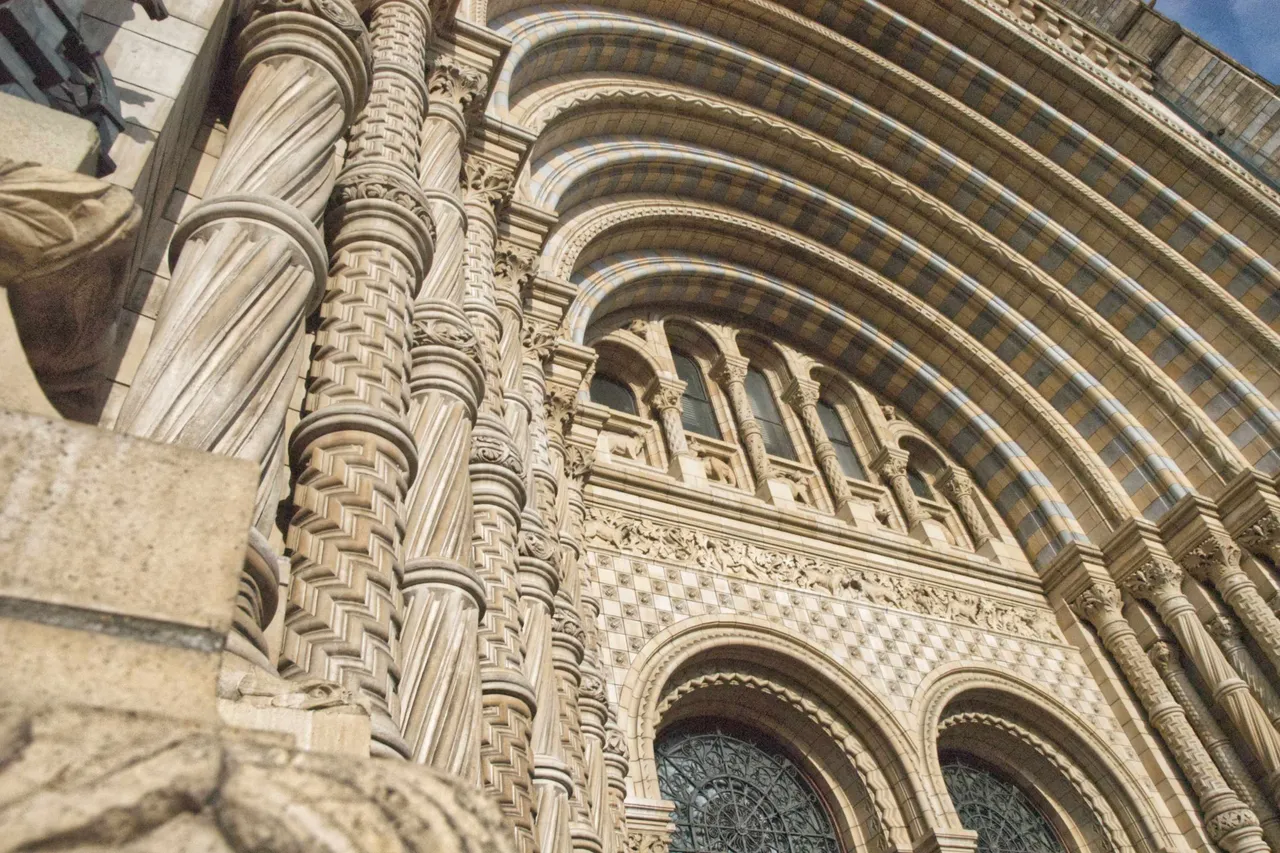
The architecture of the Victoria and Albert Museum is a masterpiece in itself. The building, with its intricate facades and expansive halls, is a blend of Victorian and Edwardian styles. The museum's design reflects the aesthetic sensibilities of the periods it represents, making it a piece of art as much as a shelter for art.

Once inside, the museum unfolds like a treasure trove. It houses an astounding collection of historical antiquities, spanning centuries and continents. From ancient Greek sculptures to medieval tapestries, from exquisite Asian ceramics to breathtaking European paintings, the museum offers a kaleidoscopic view of the world’s artistic heritage. Each room tells a different story, each artifact holds a different mystery.
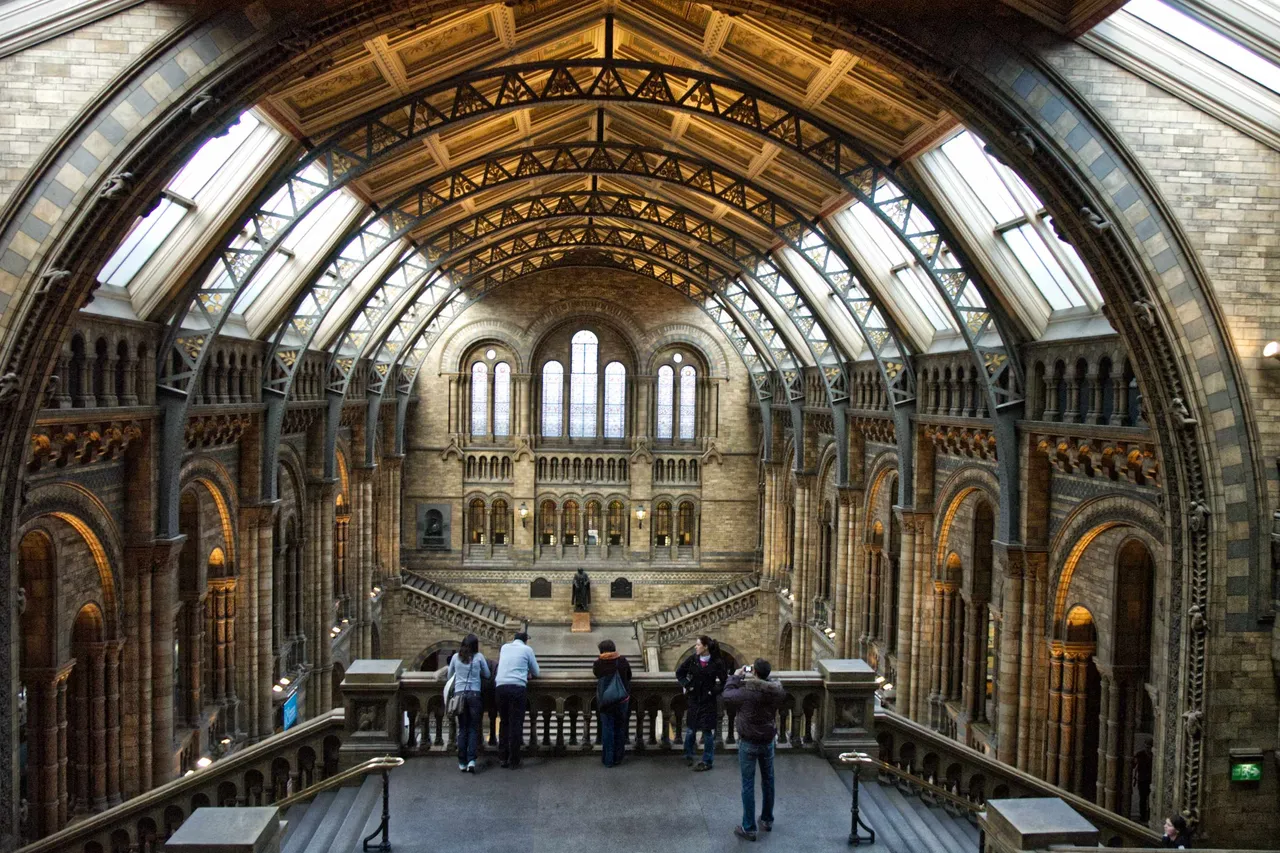
One of the most poignant aspects of the V&A is a sign on the building that tells a lesser-known tale of the museum's past. It marks the large holes in the stone structure, remnants of the ballistics used during World War II. These scars are a somber reminder of the museum's resilience, having withstood the tumults of history, yet standing proudly as a guardian of culture and history.
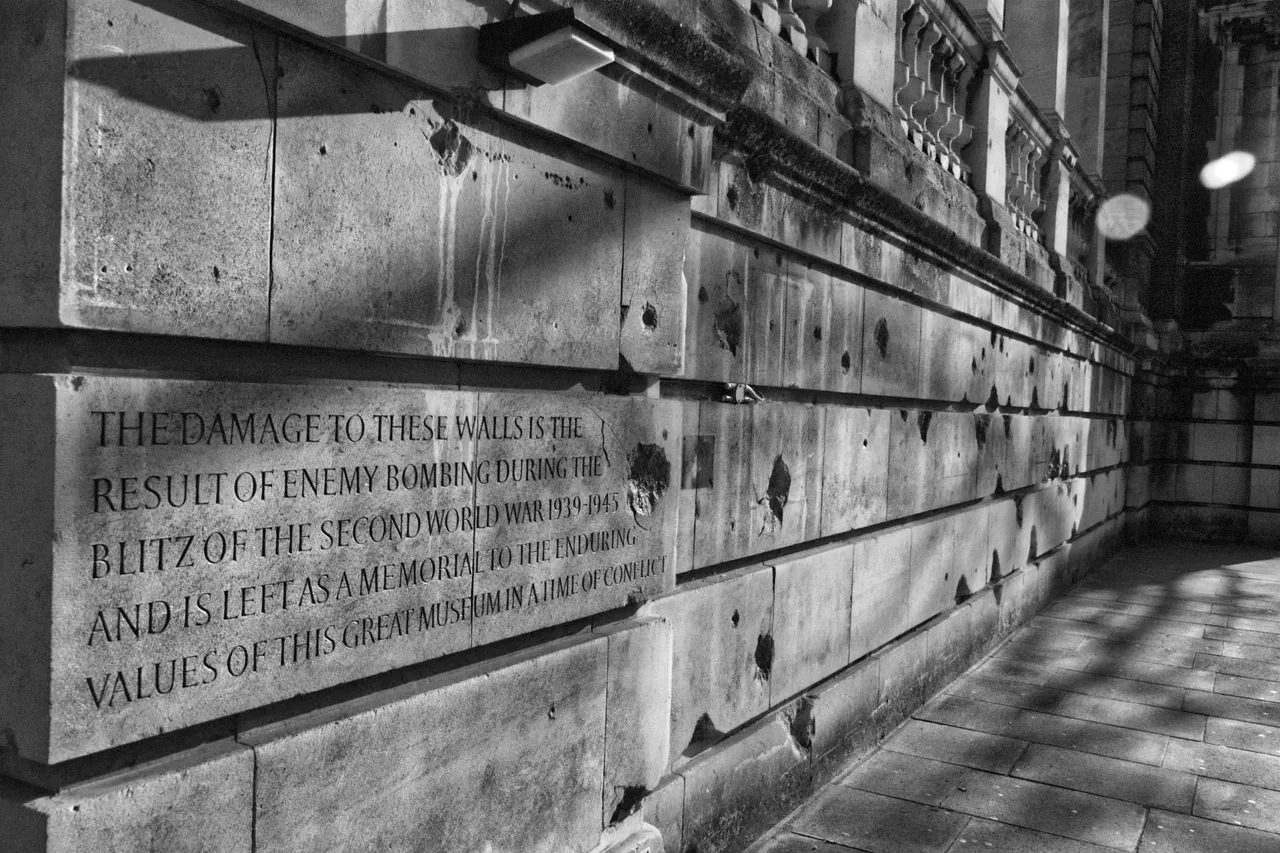
For me, the Victoria and Albert Museum is more than just a building or an institution. It's a place where the past and present converge, where the beauty of human creativity is celebrated, and where memories, both personal and collective, are preserved. My journey from a curious teenager to an appreciative adult mirrors the timeless relevance of the V&A. It's a symbol of how our understanding and appreciation of art and history deepen over time.
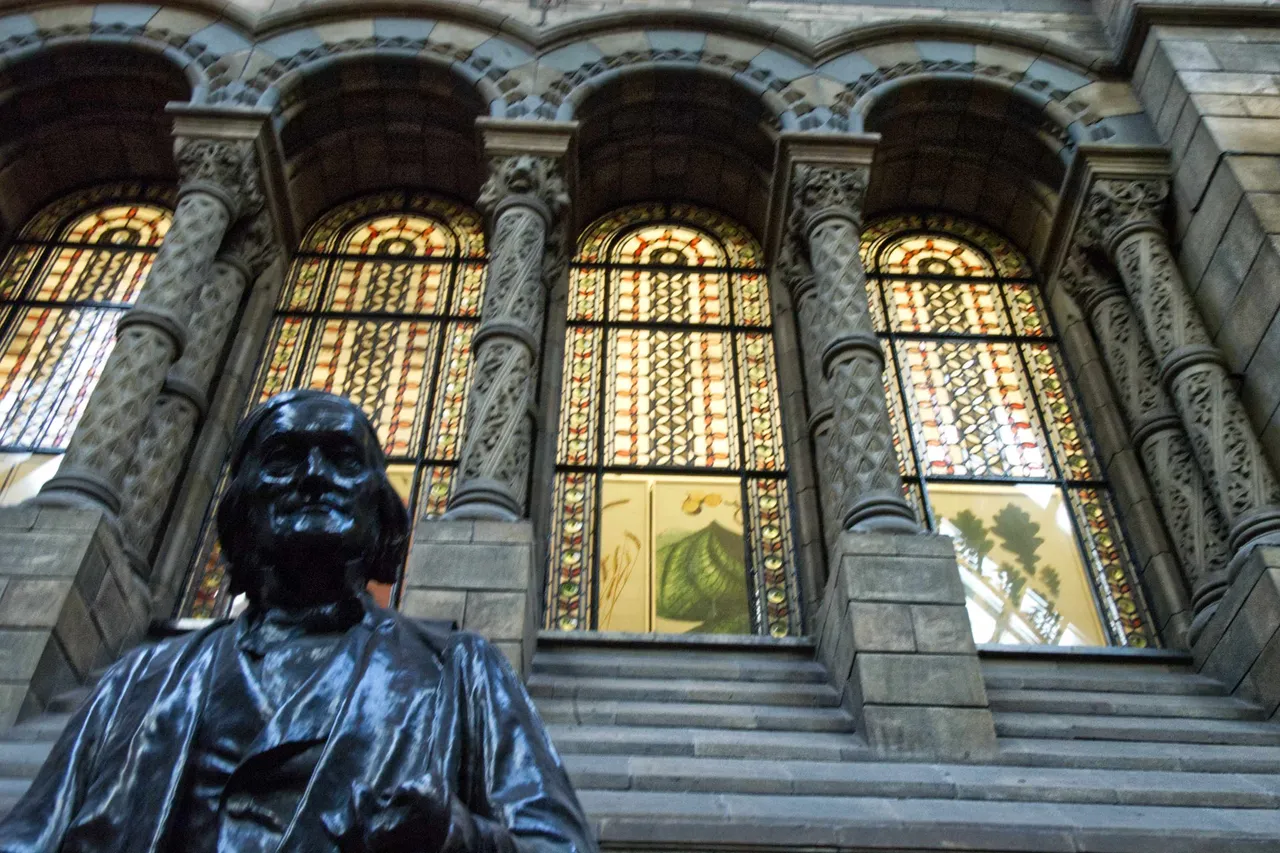
The Victoria and Albert Museum is not just a destination; it’s a journey through the annals of human civilization. It stands as a beacon of knowledge, art, and resilience, inspiring visitors from around the world. For those who have walked its halls, the V&A is not just a collection of artifacts, but a collection of stories, emotions, and reflections that stay with you long after you've left its grand corridors.
